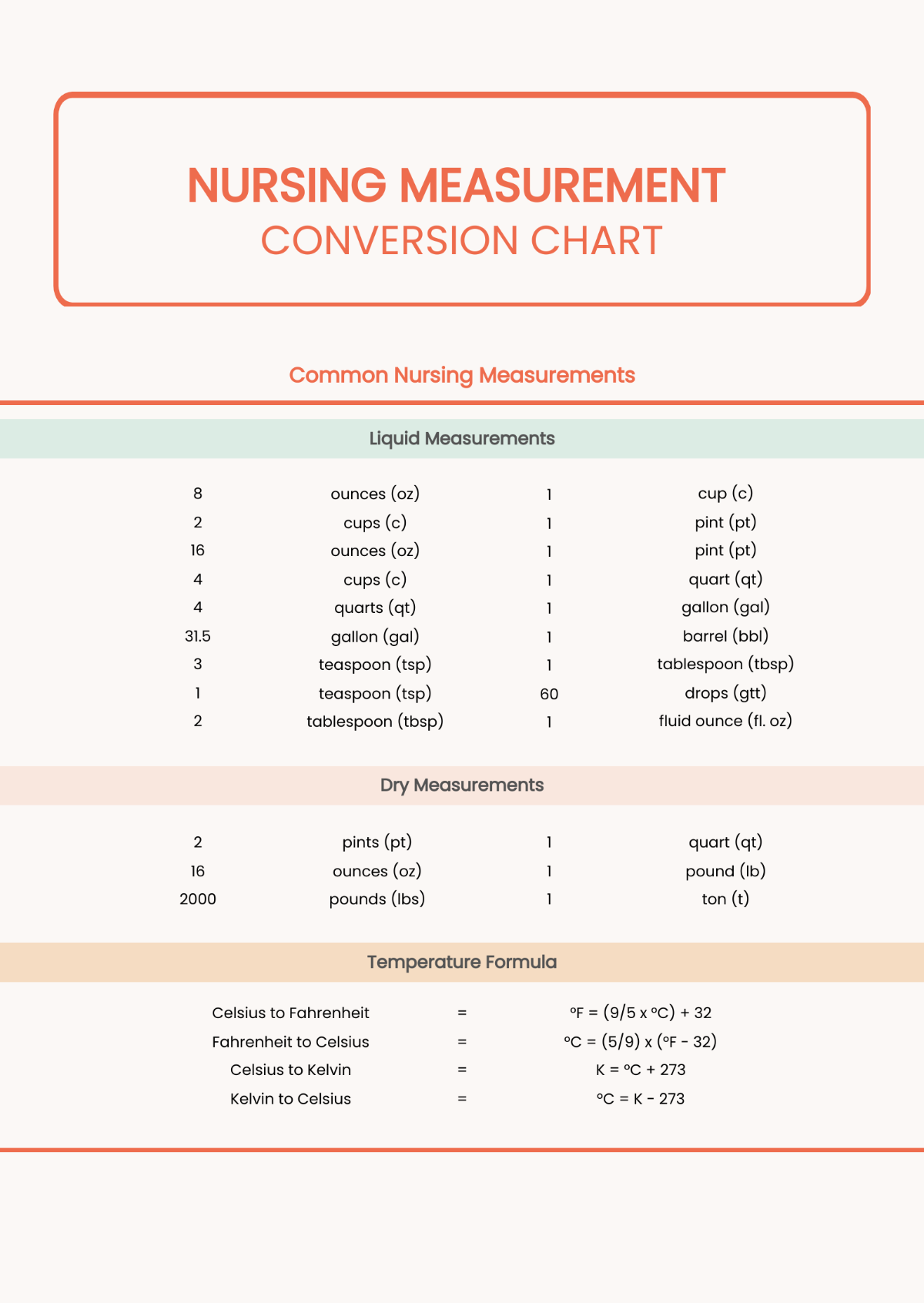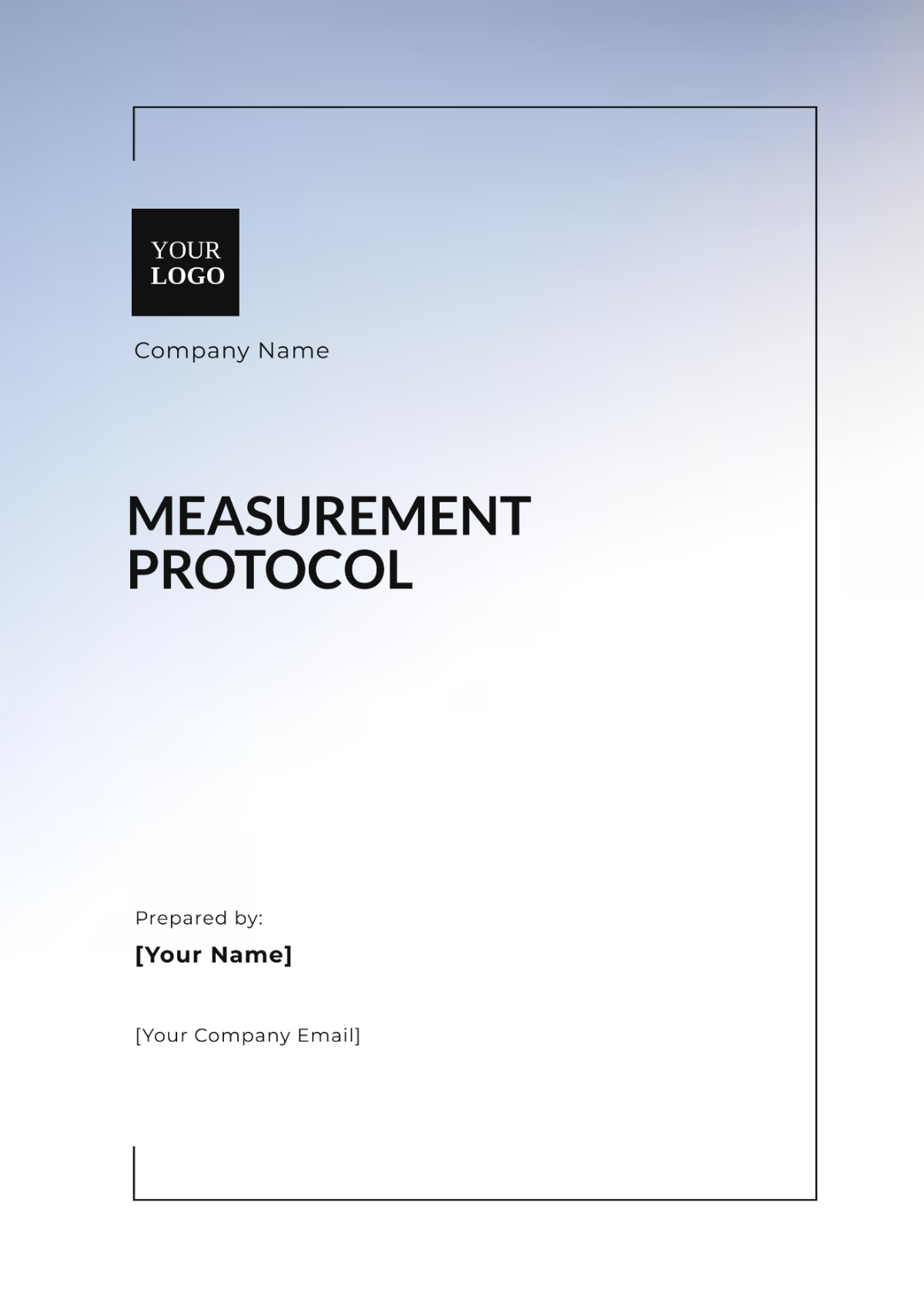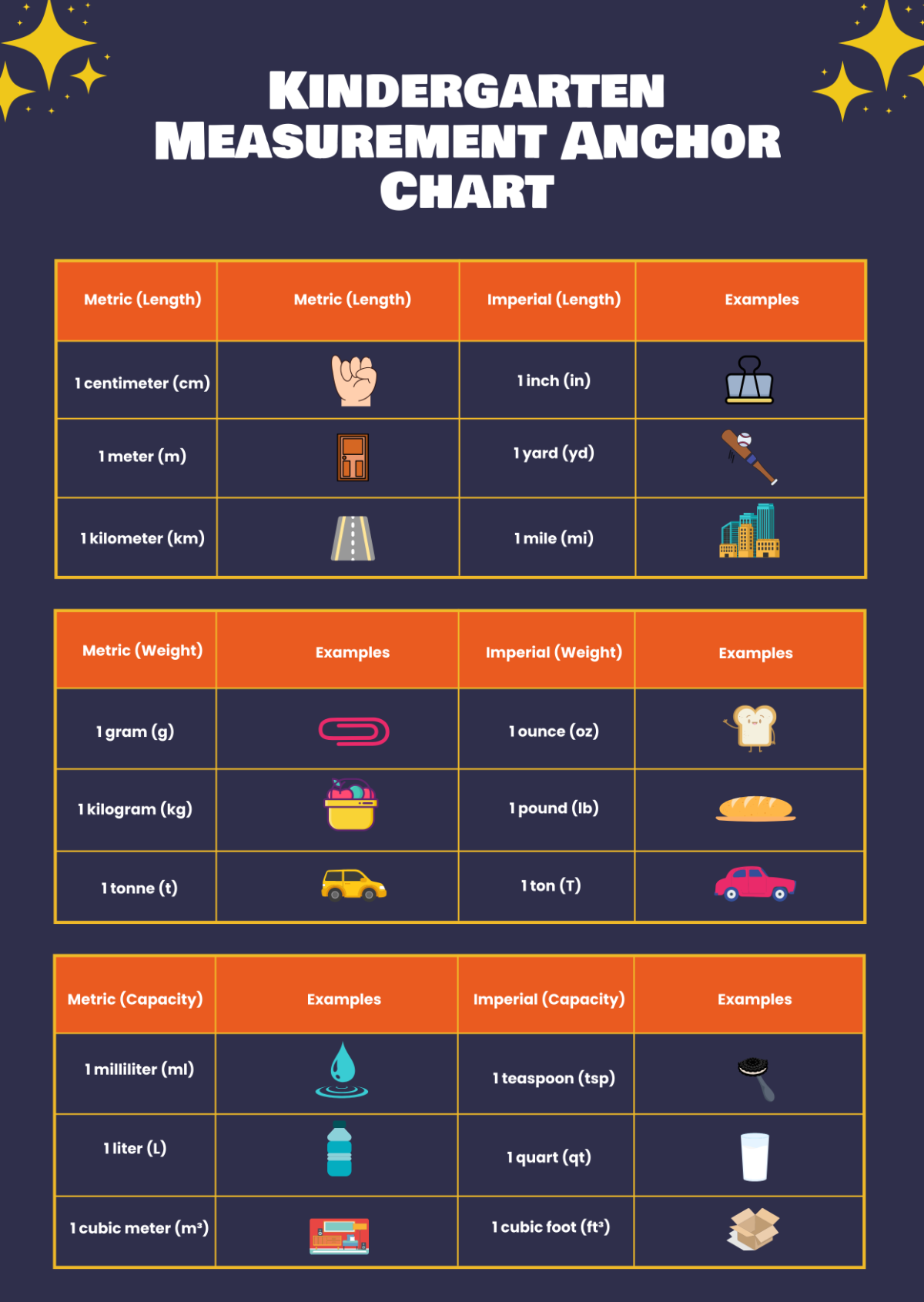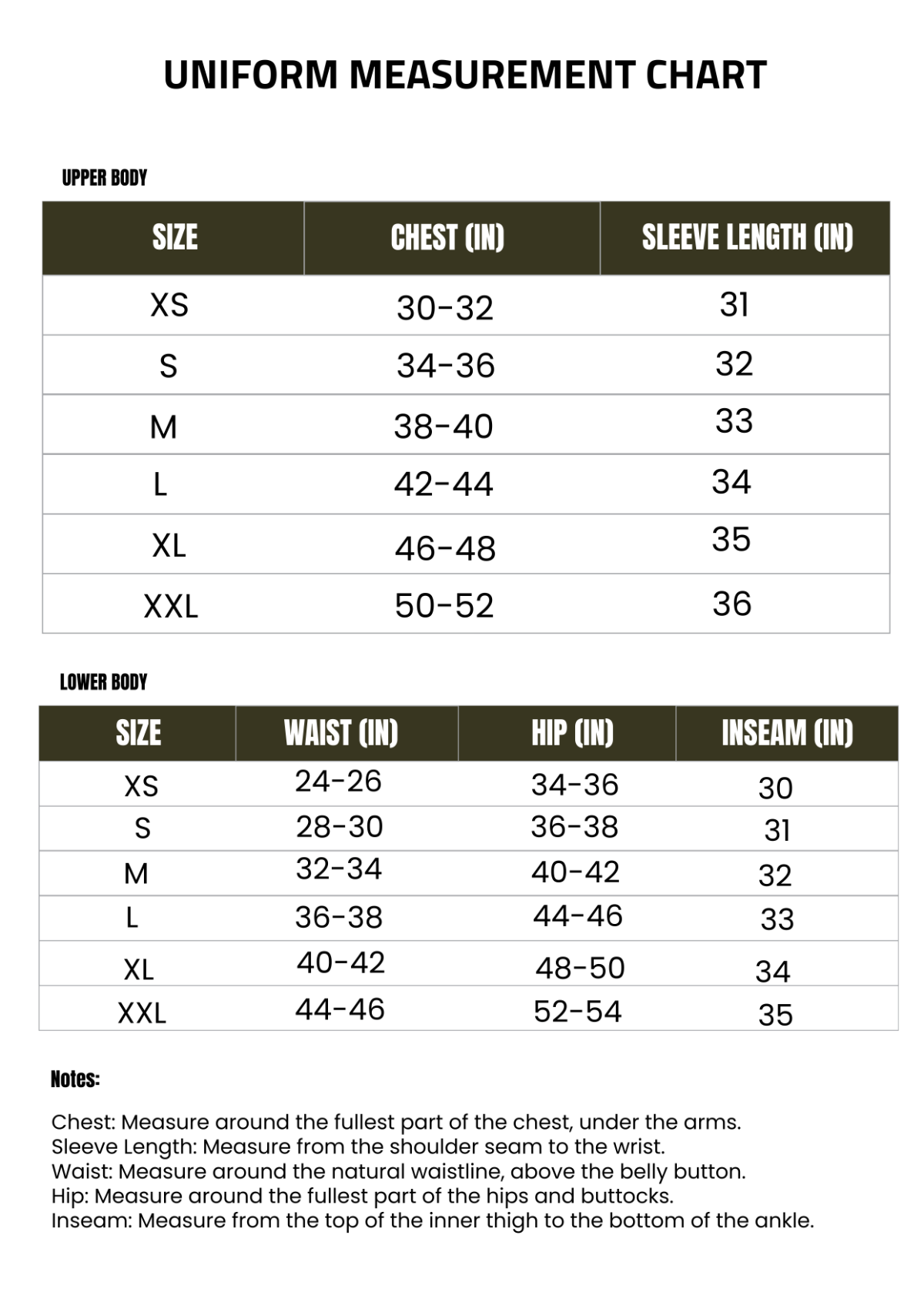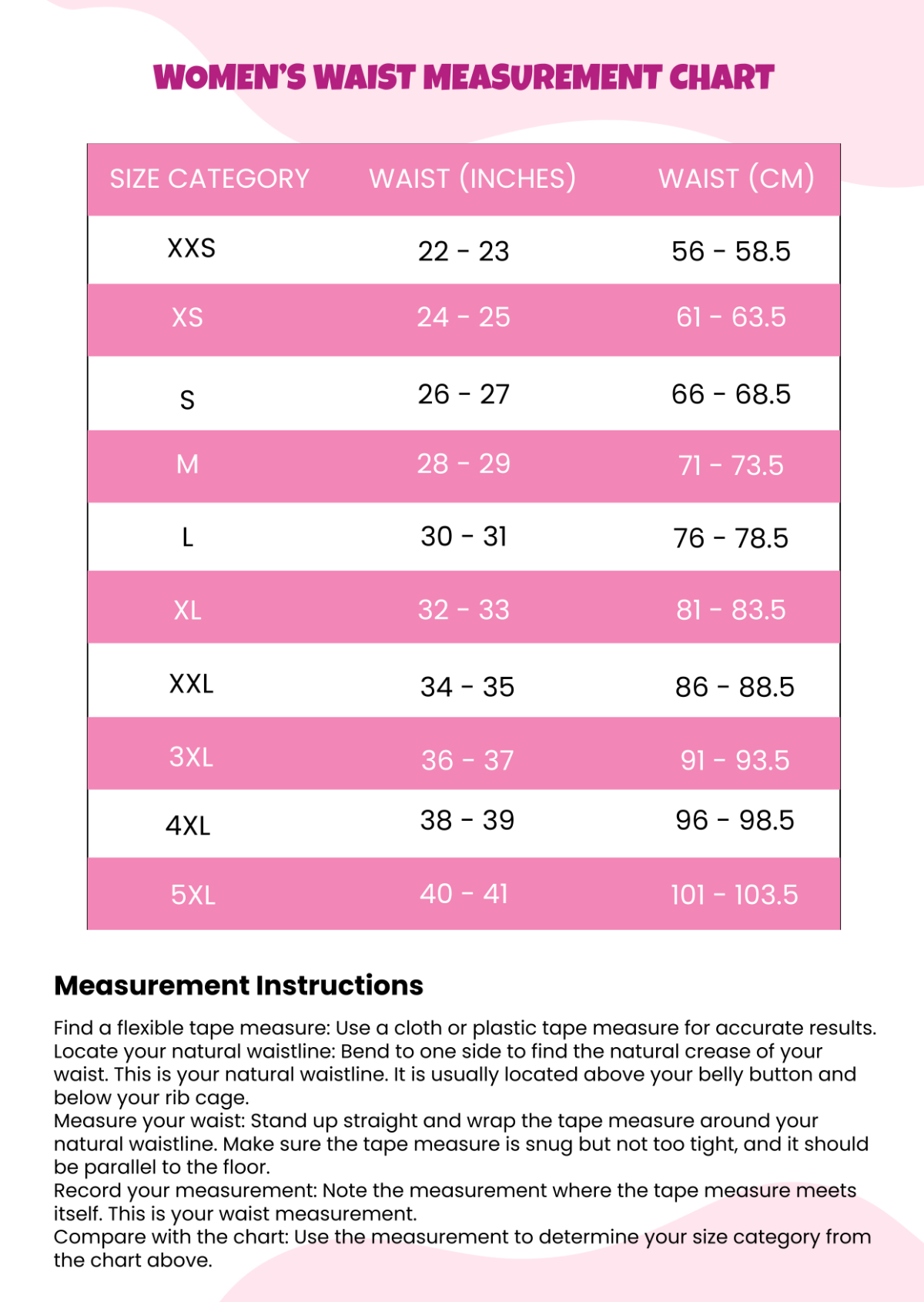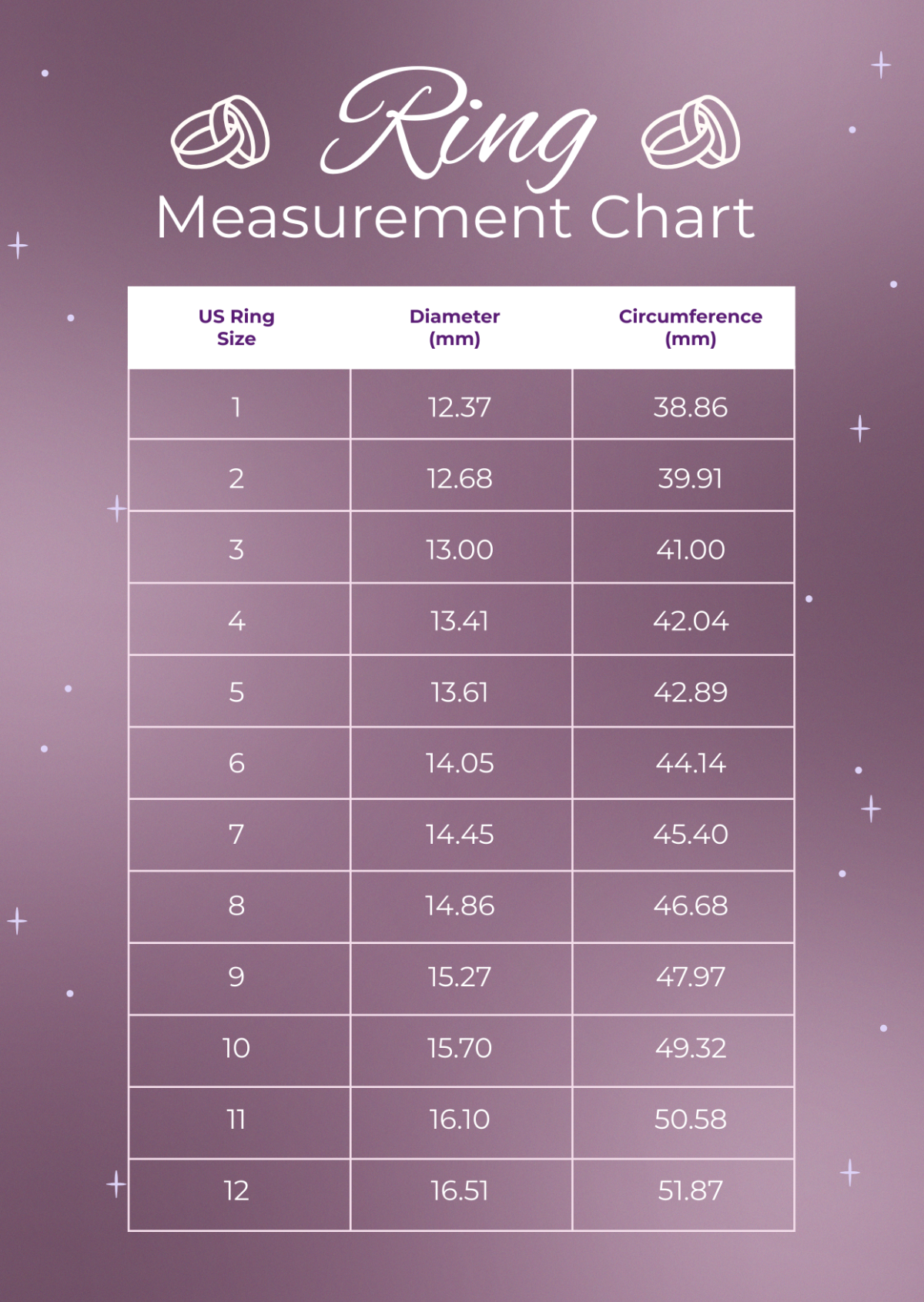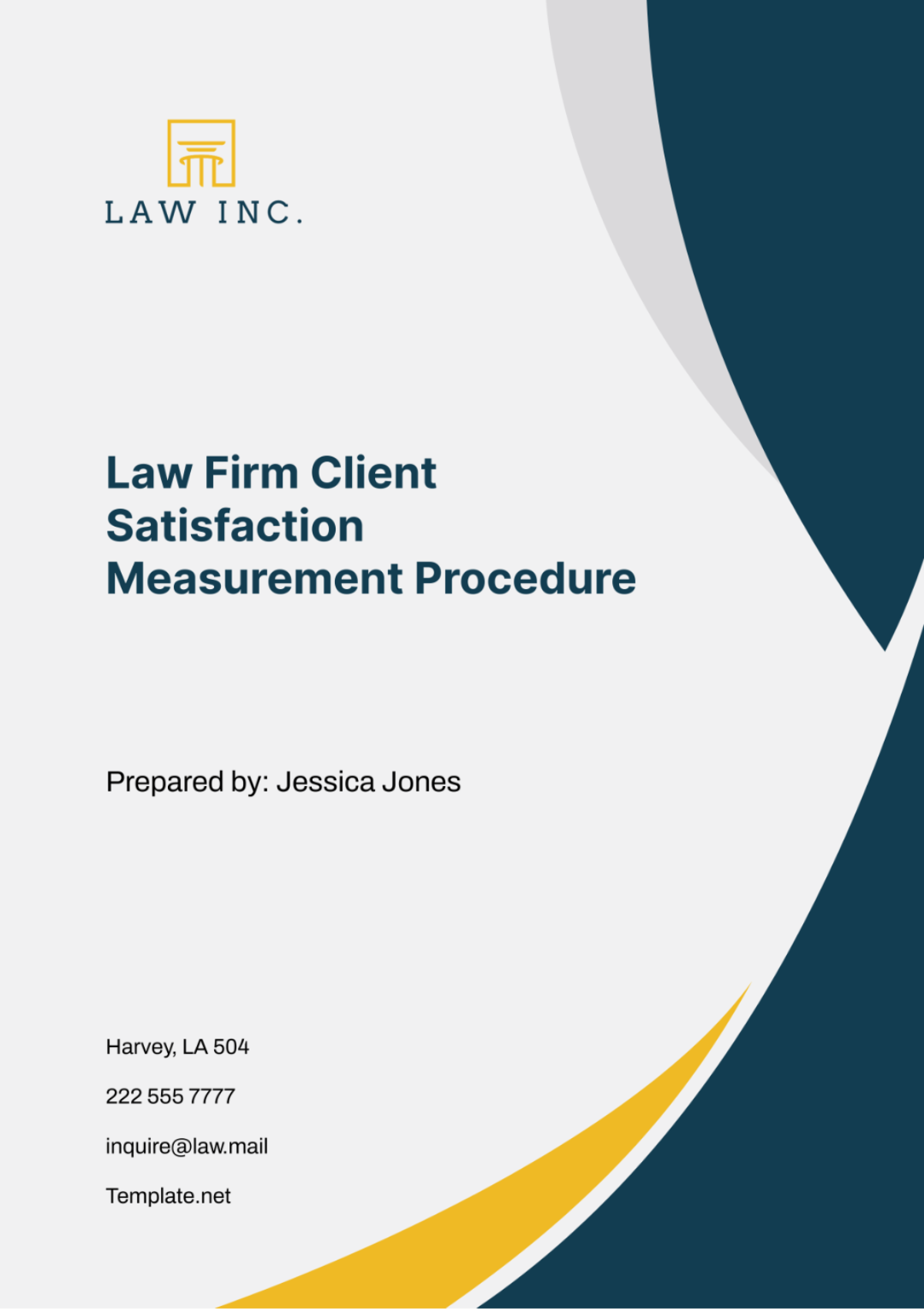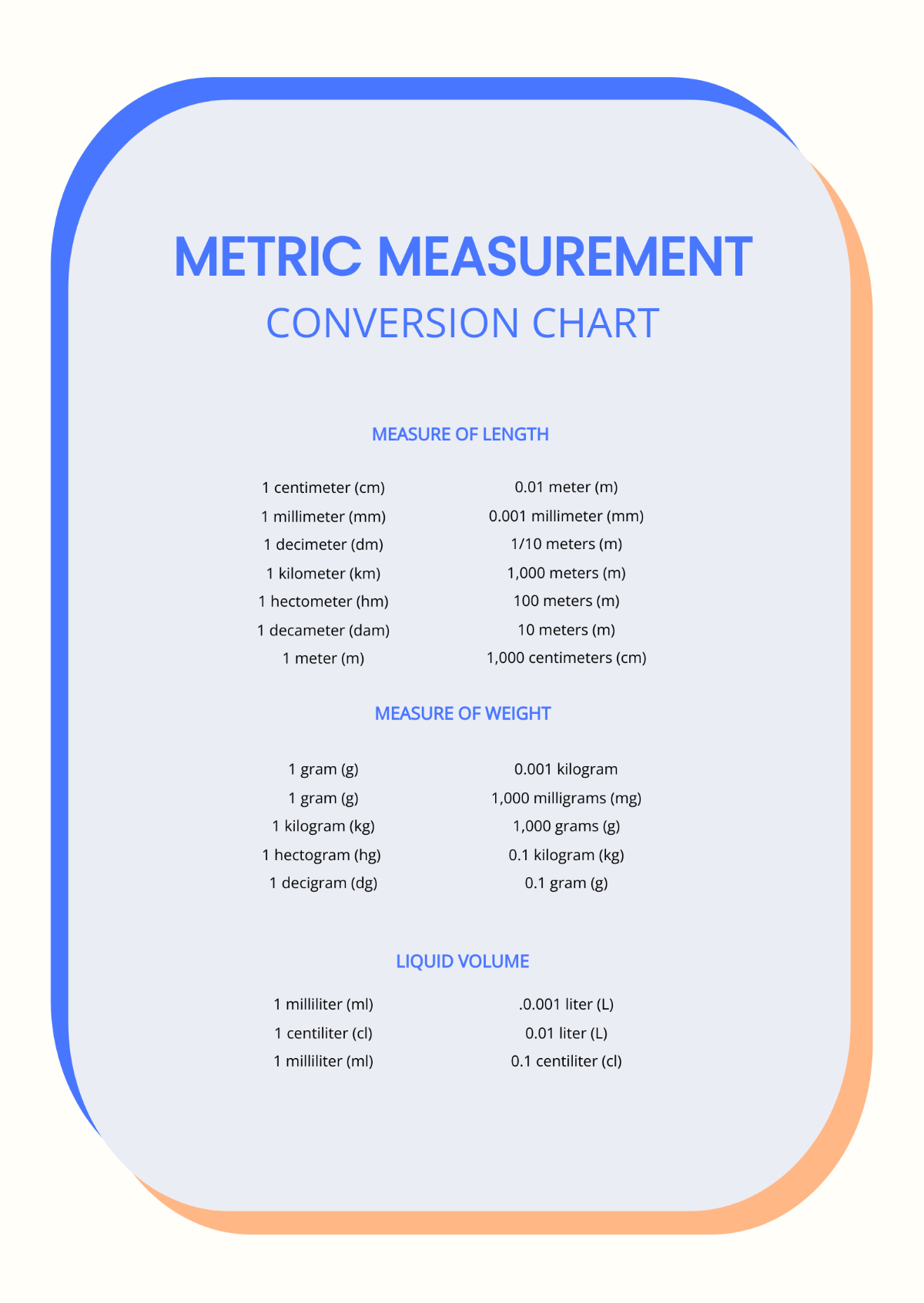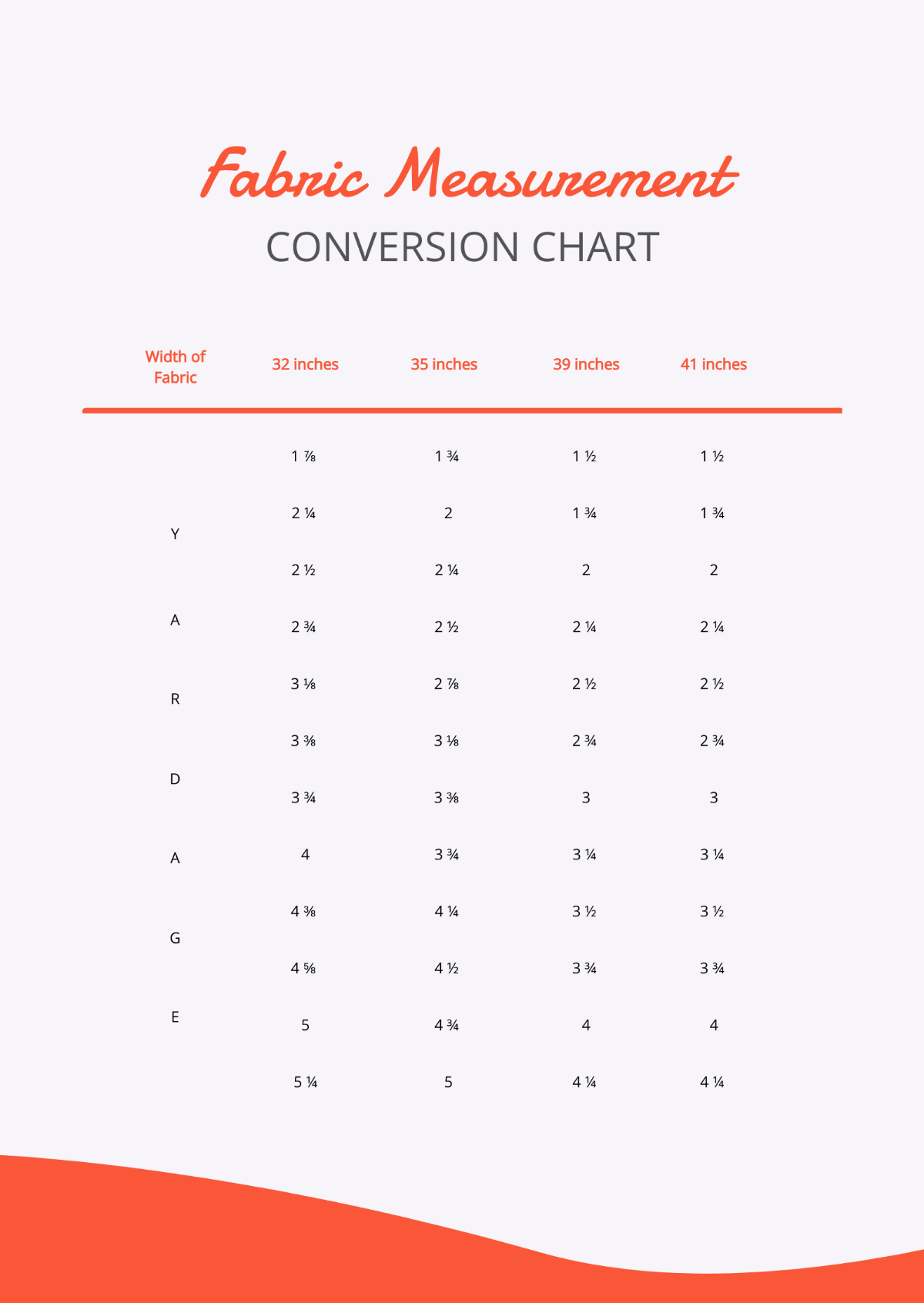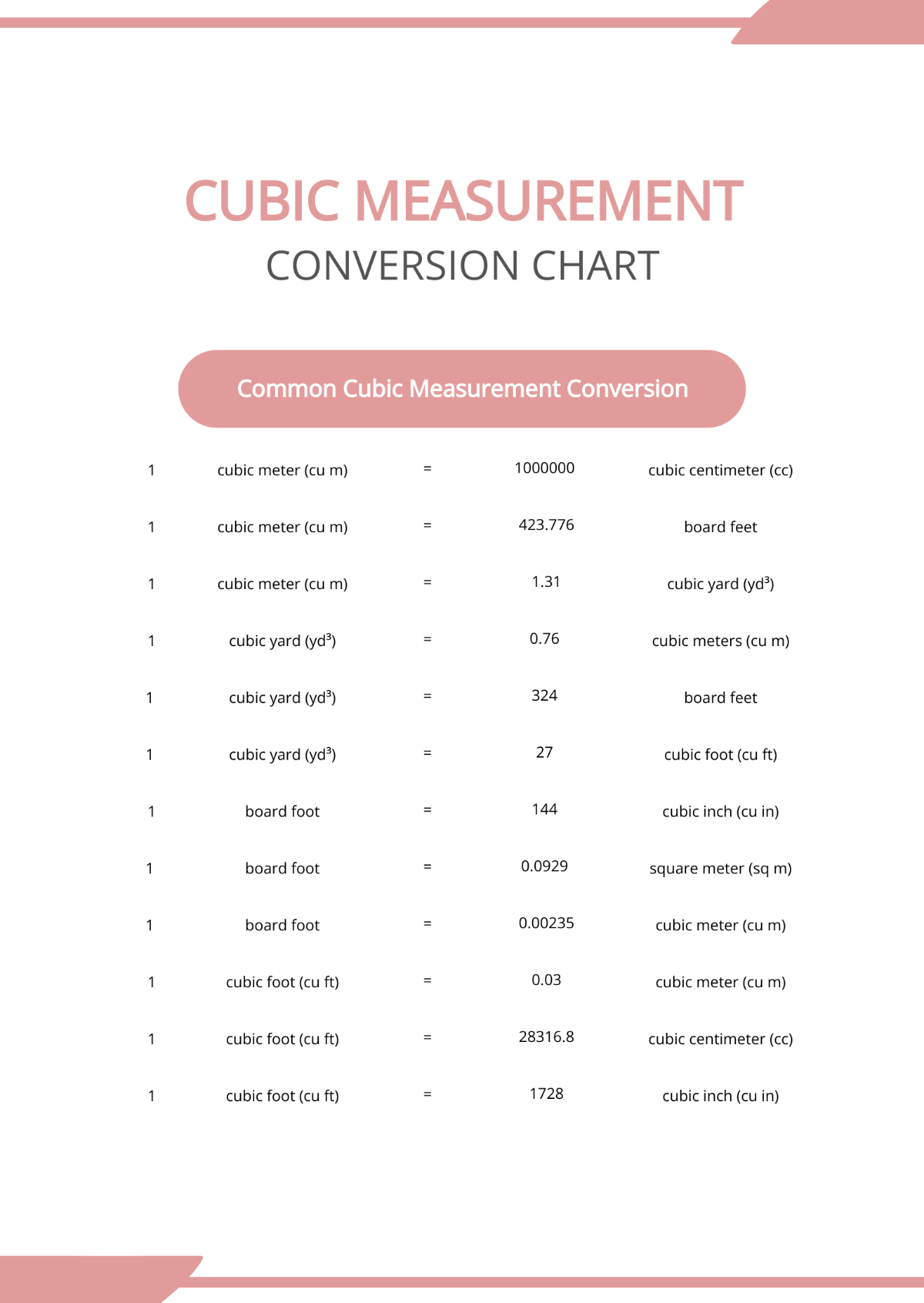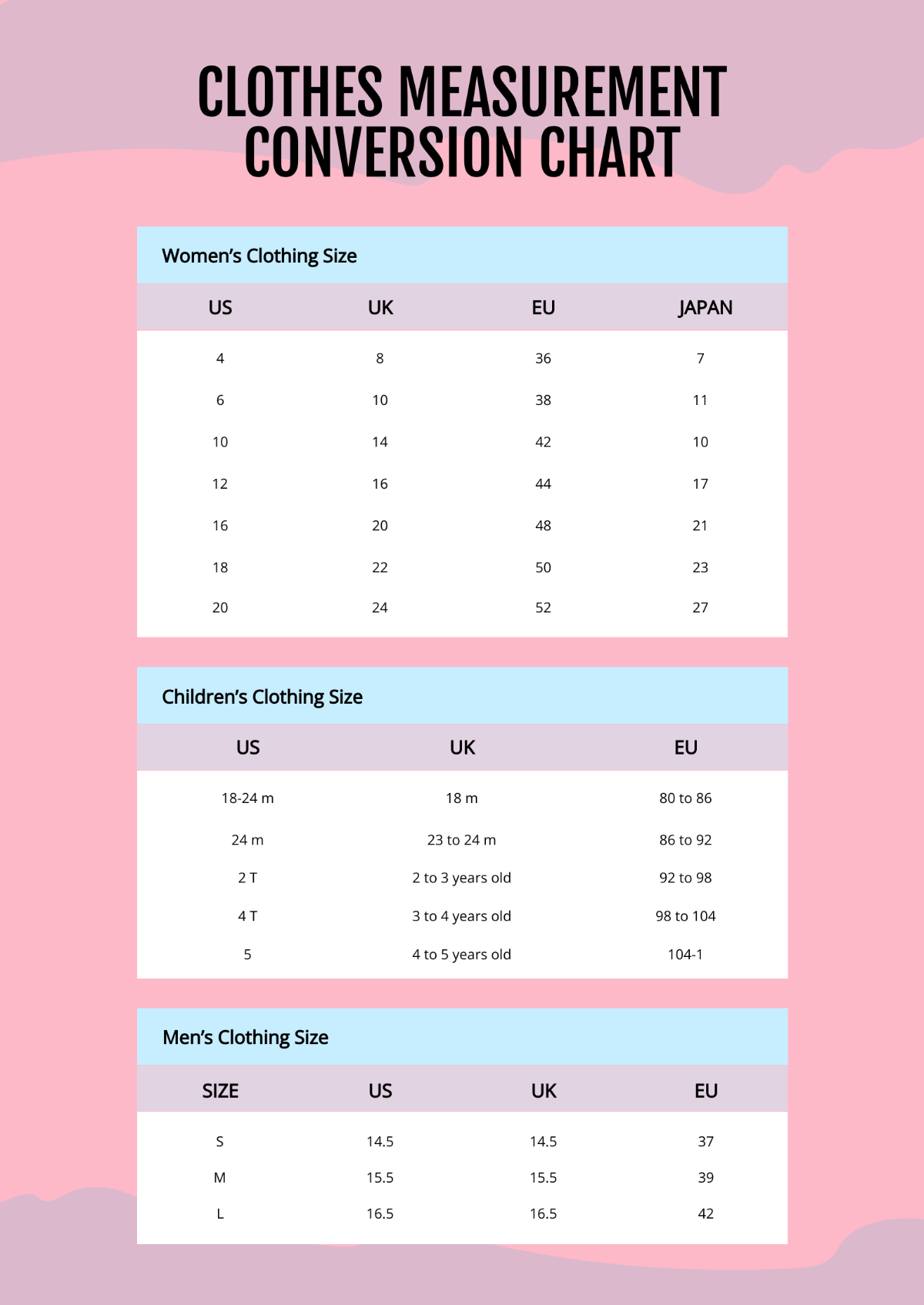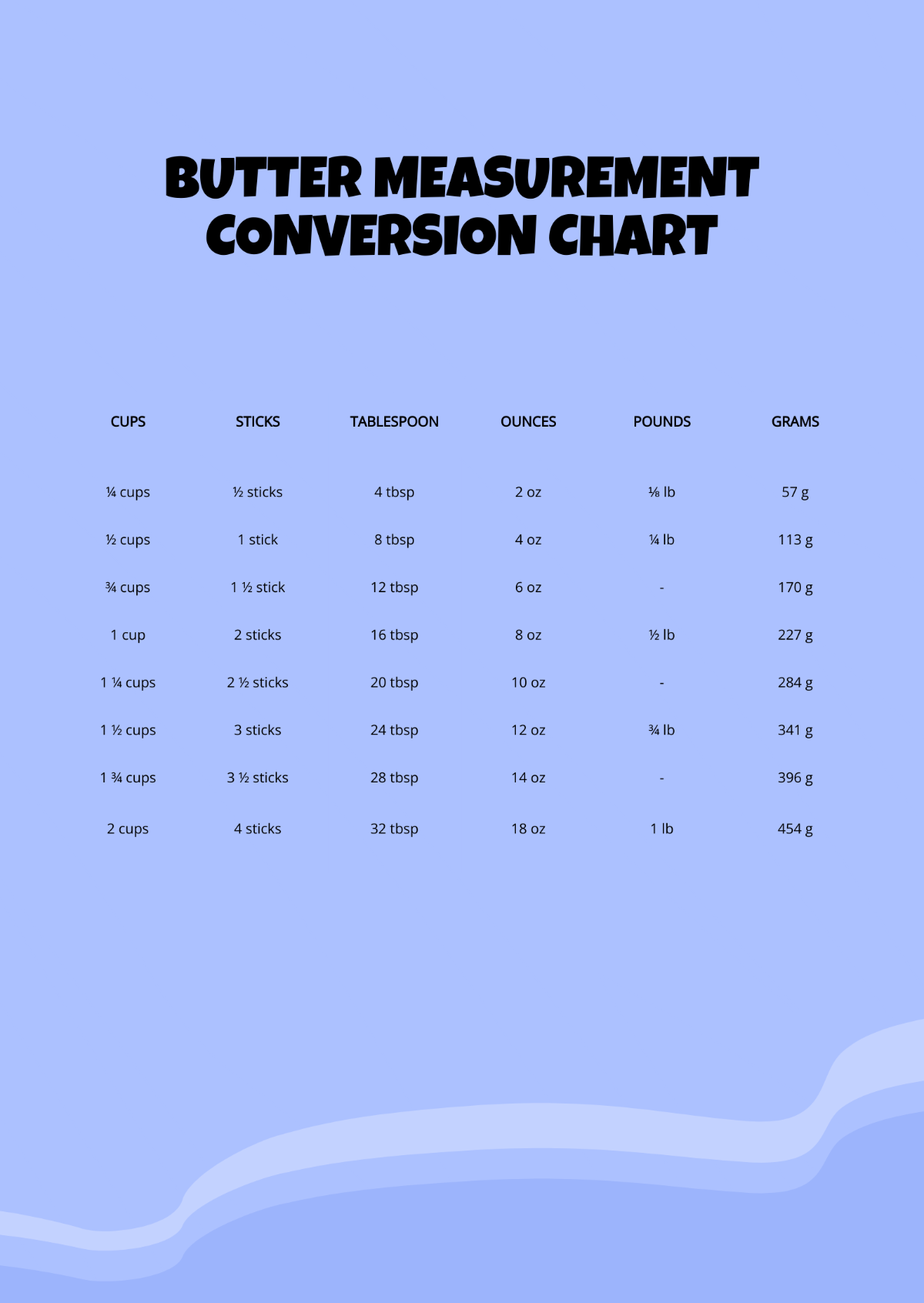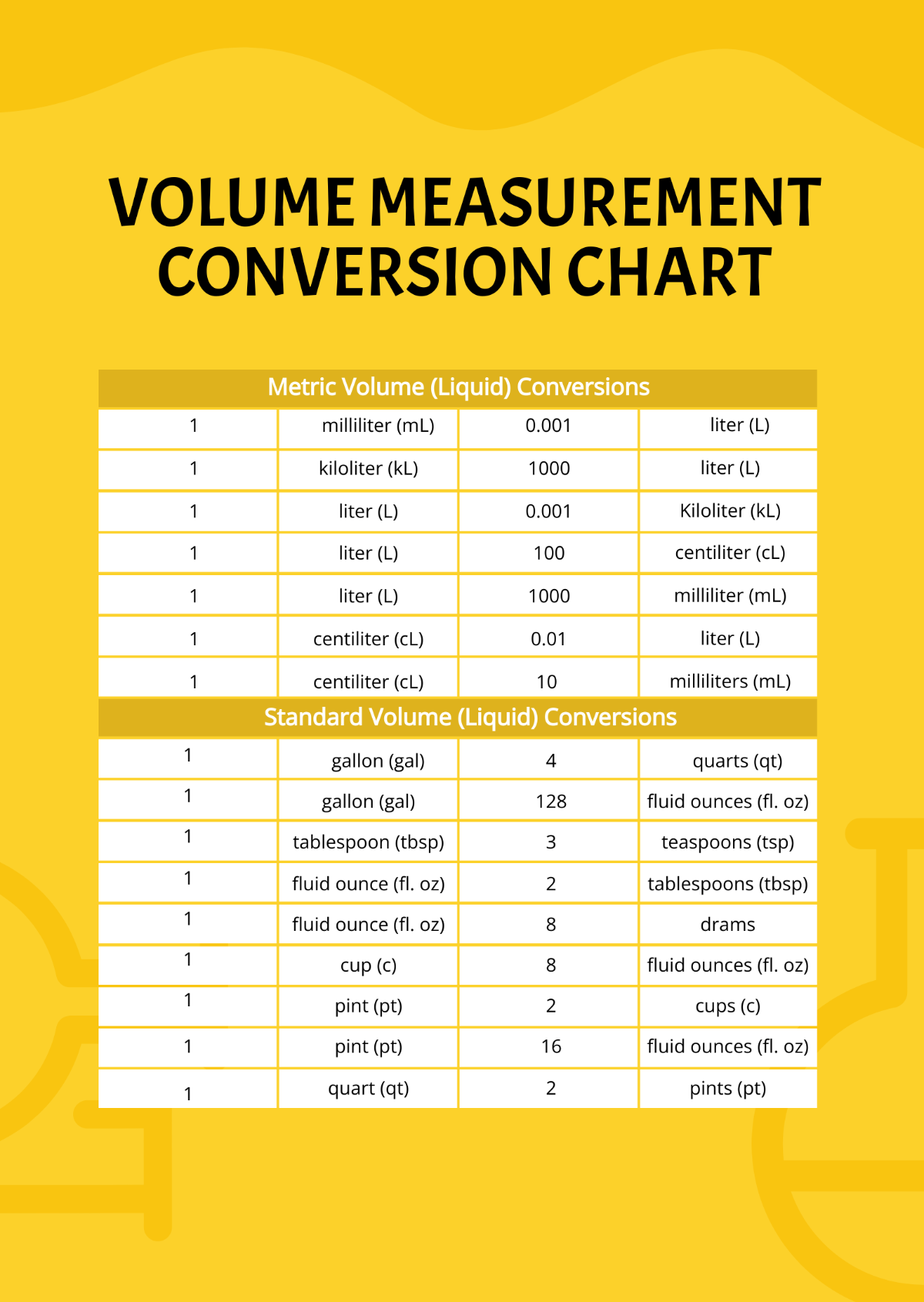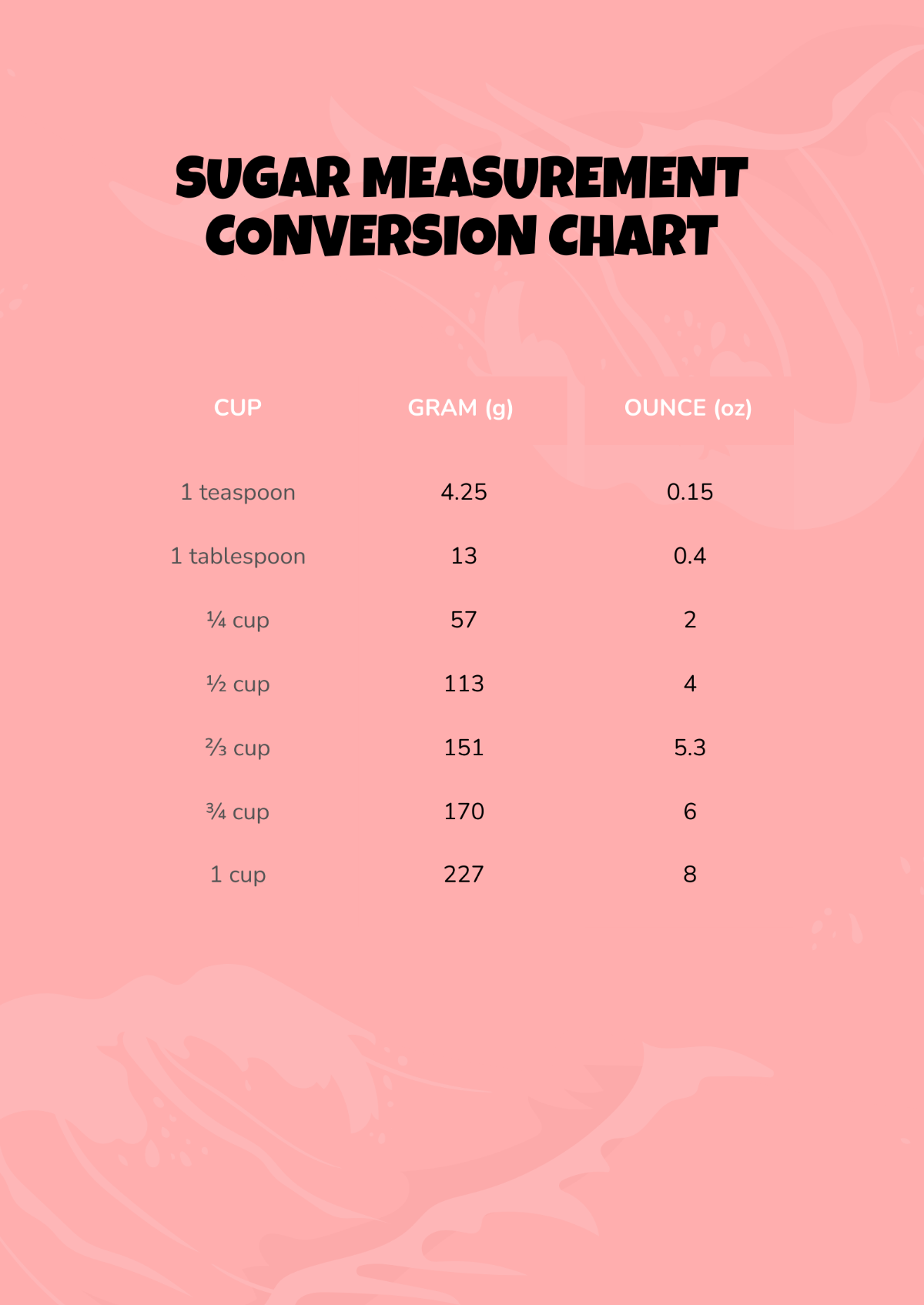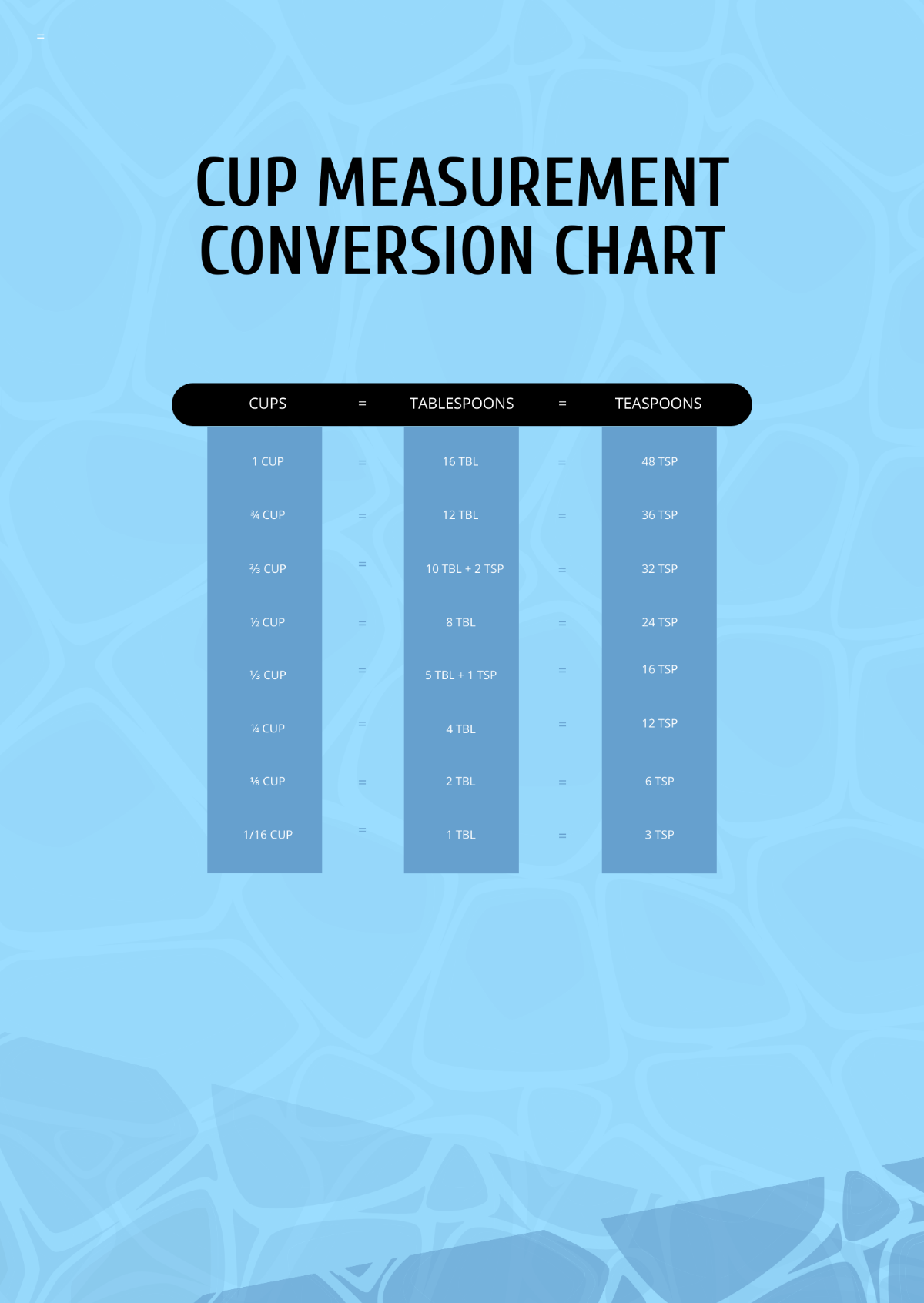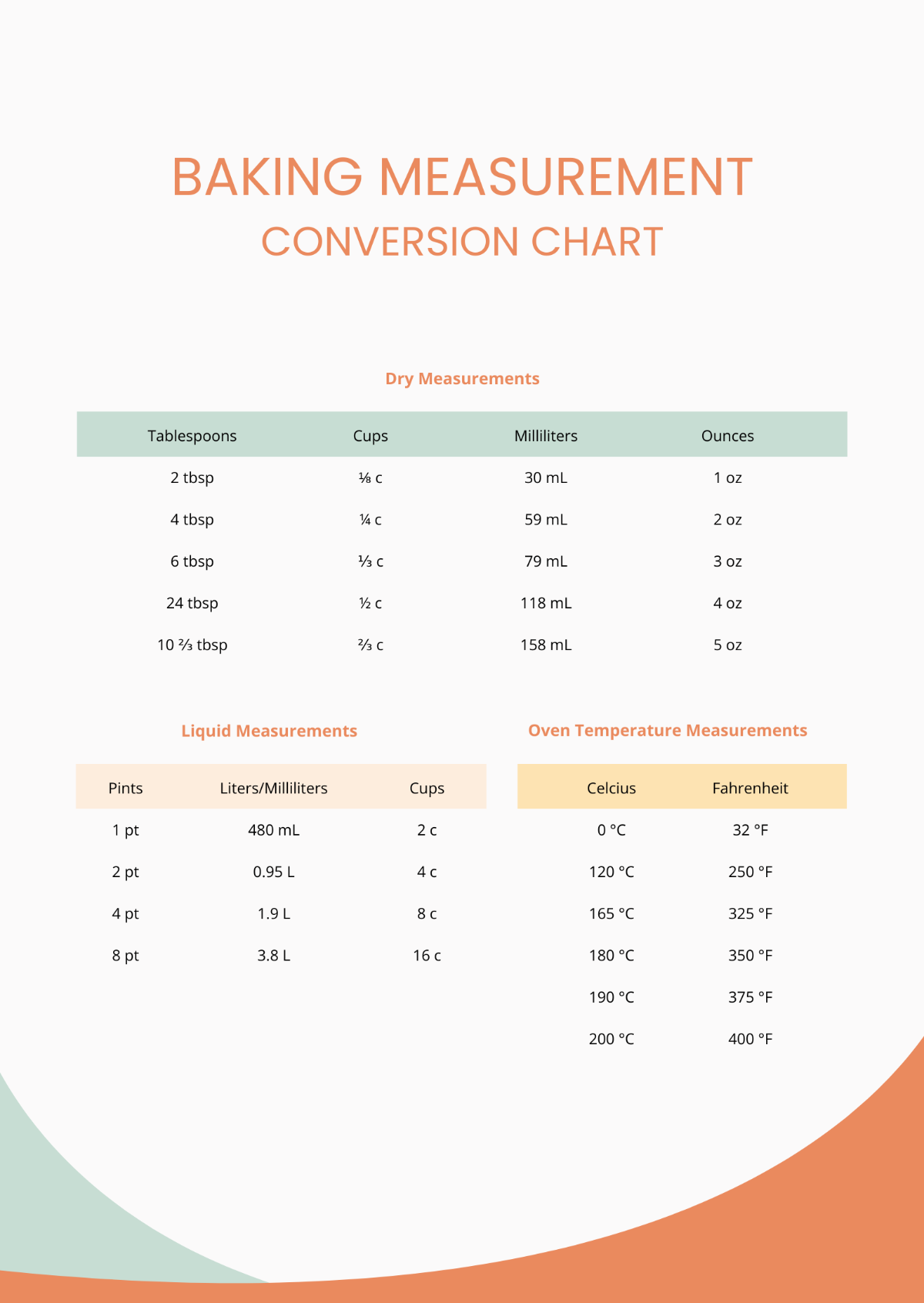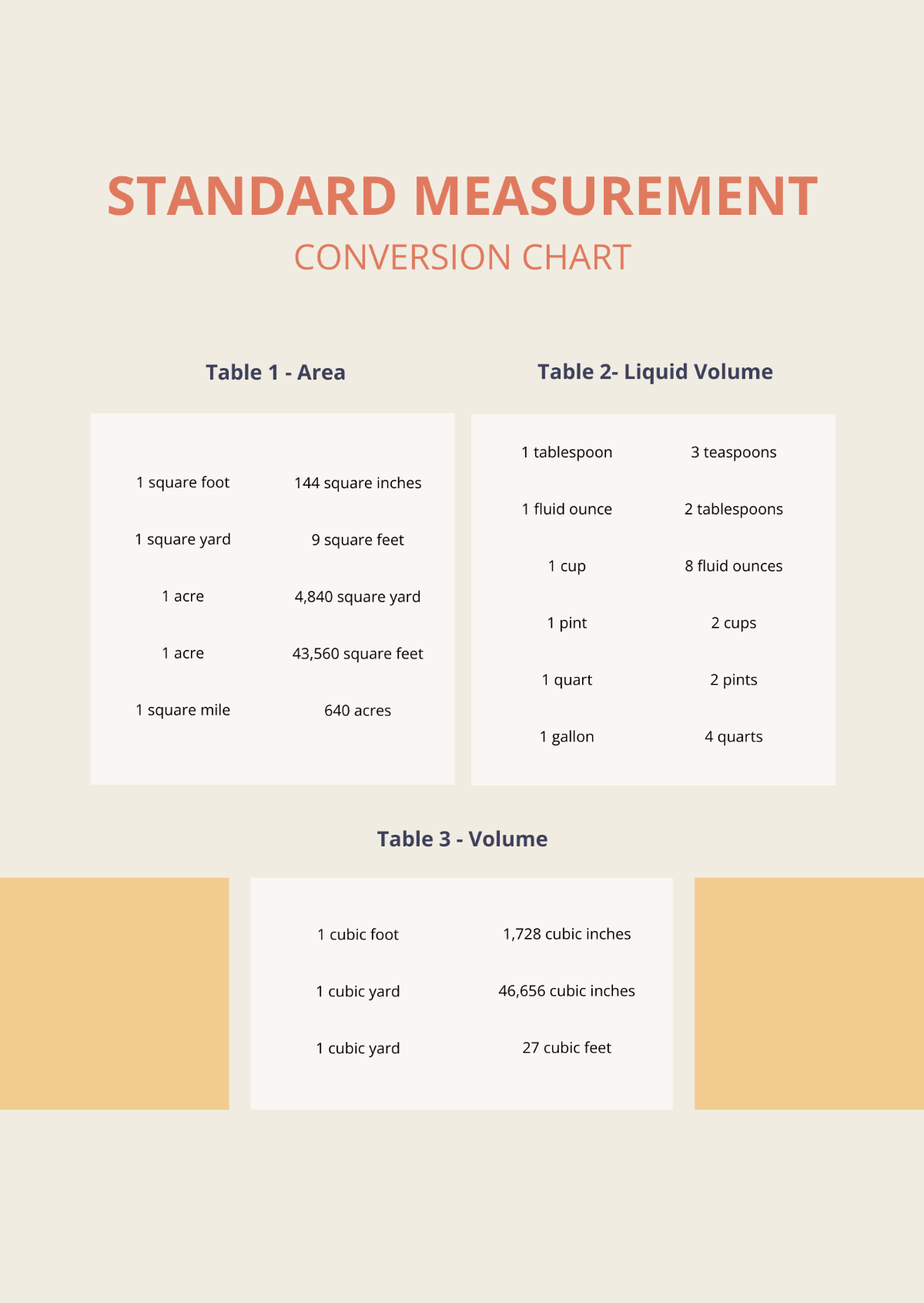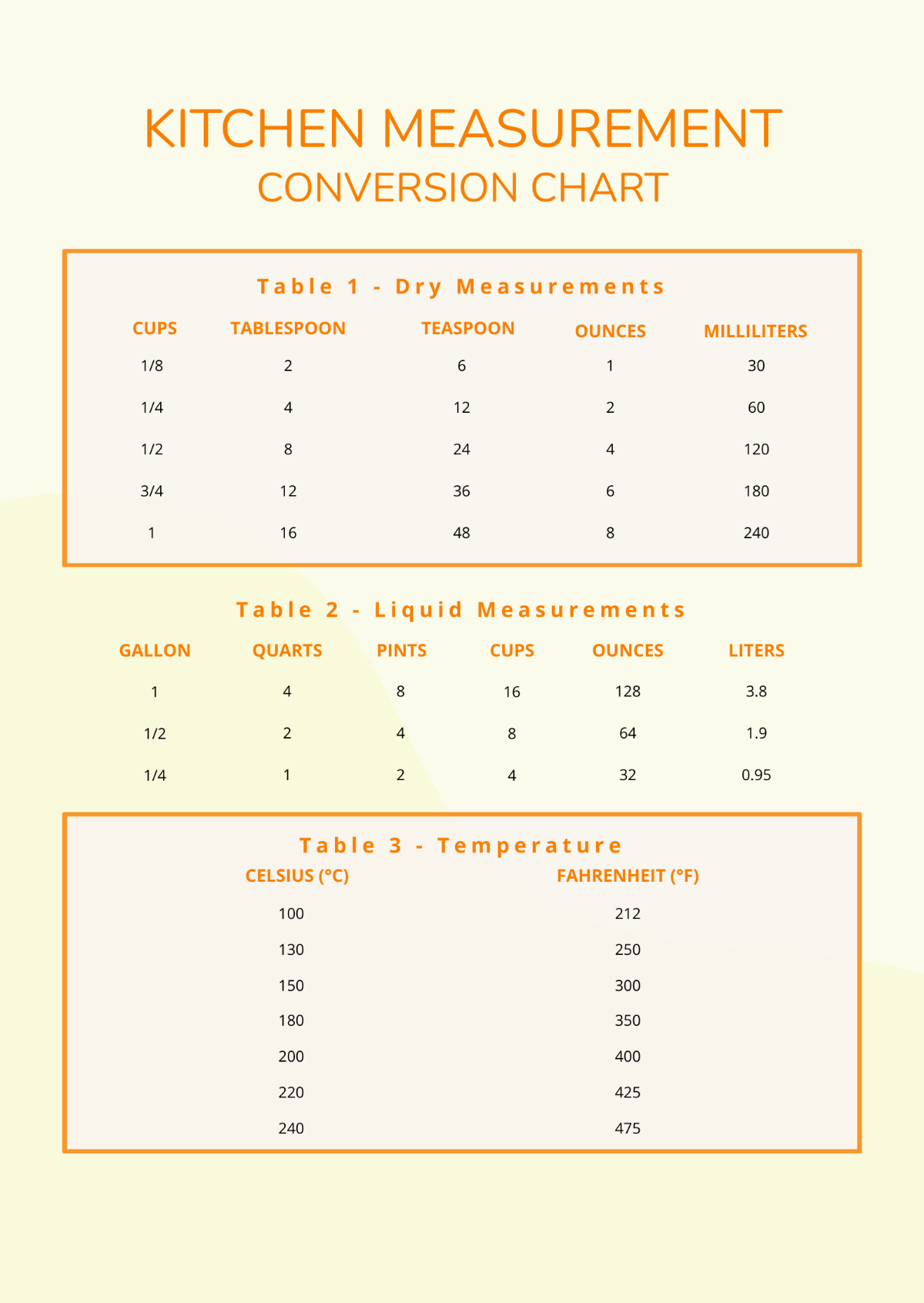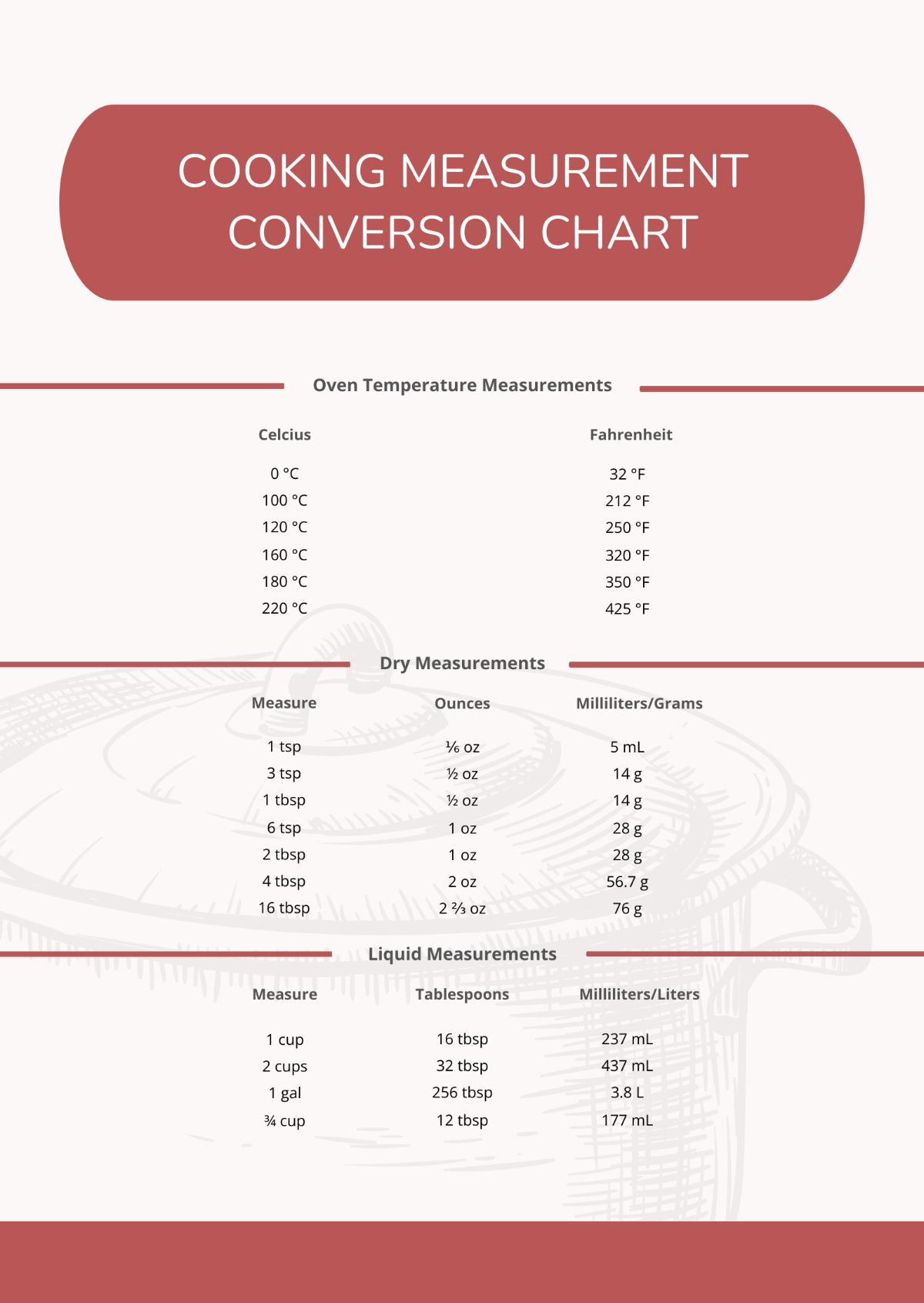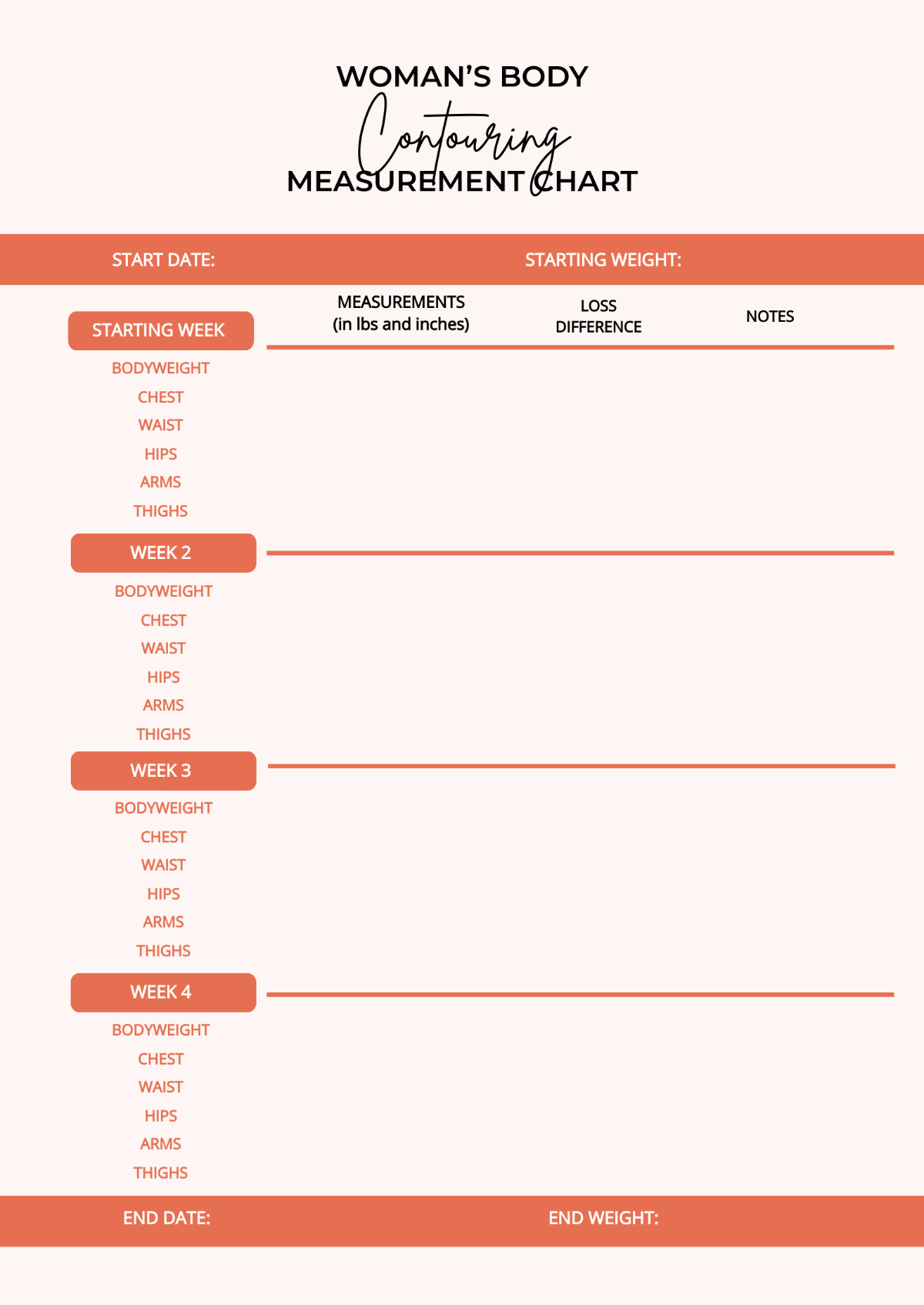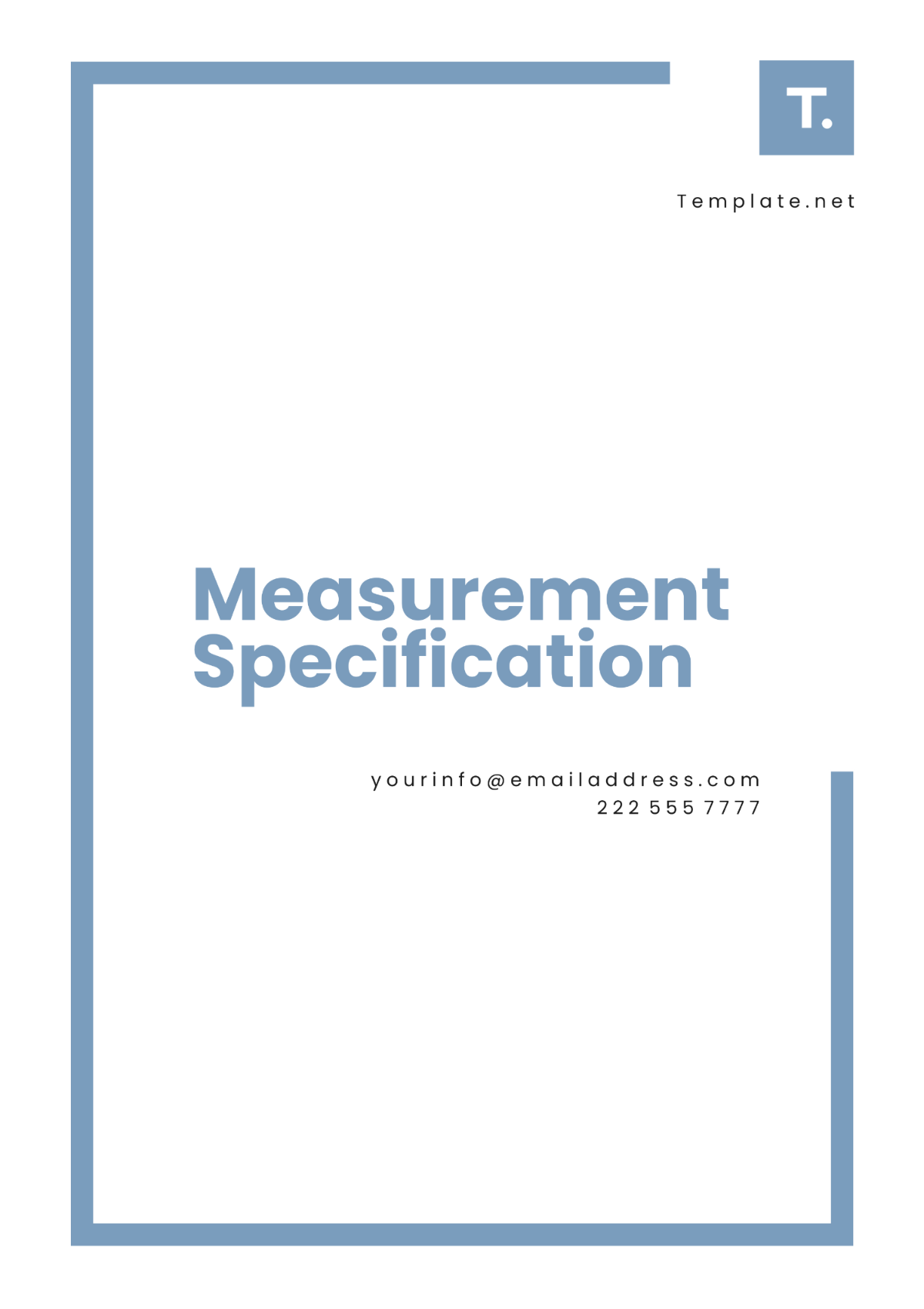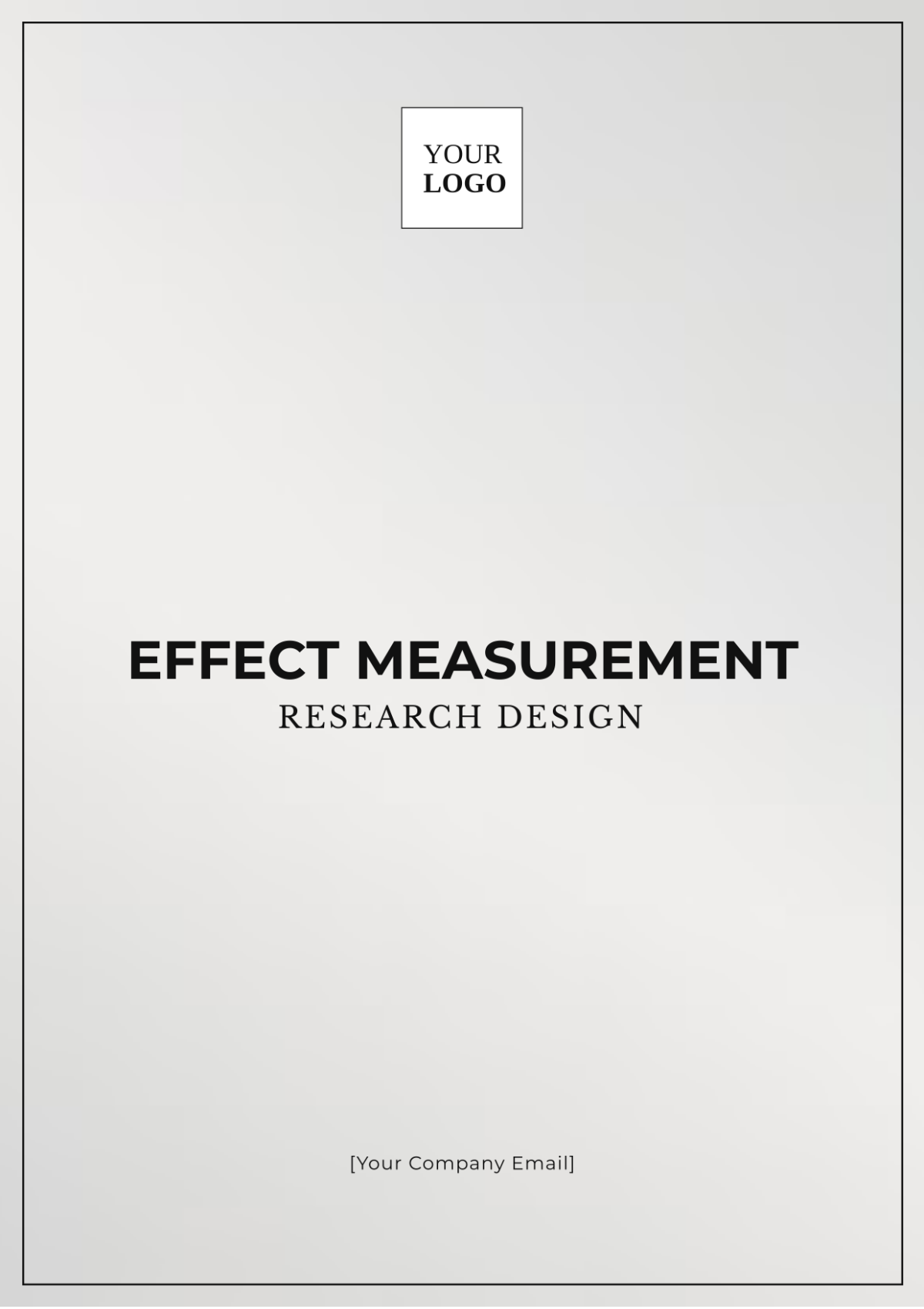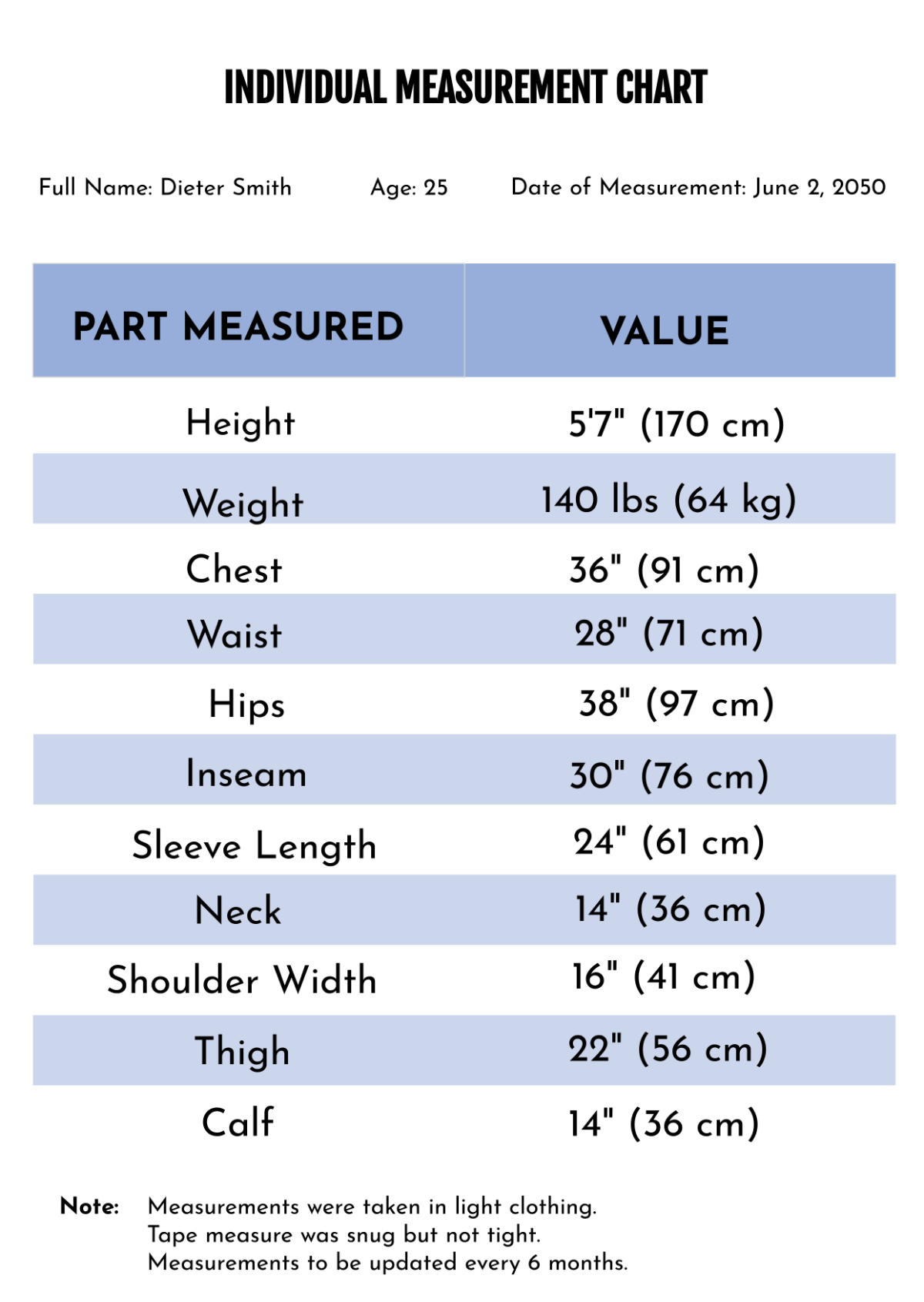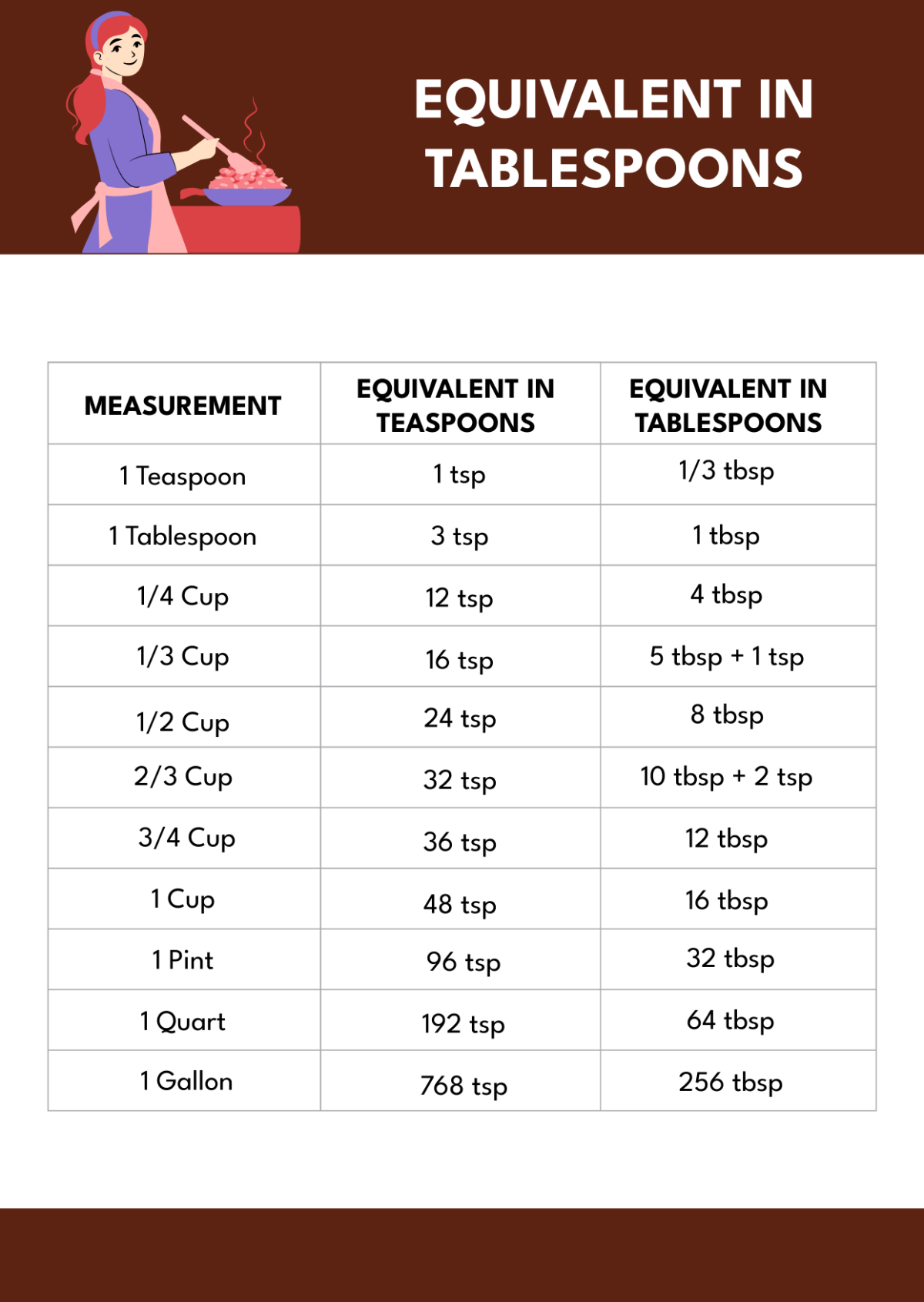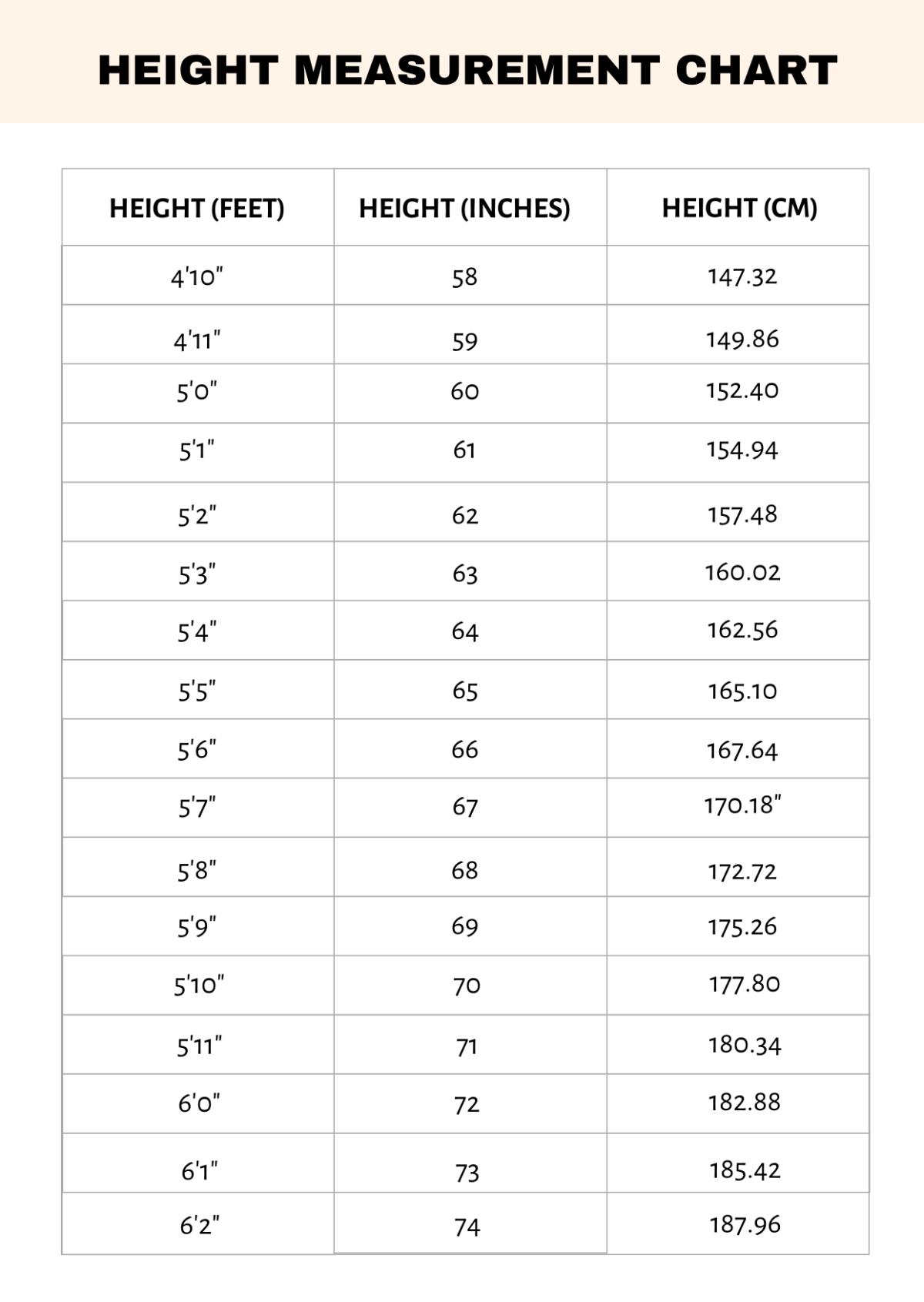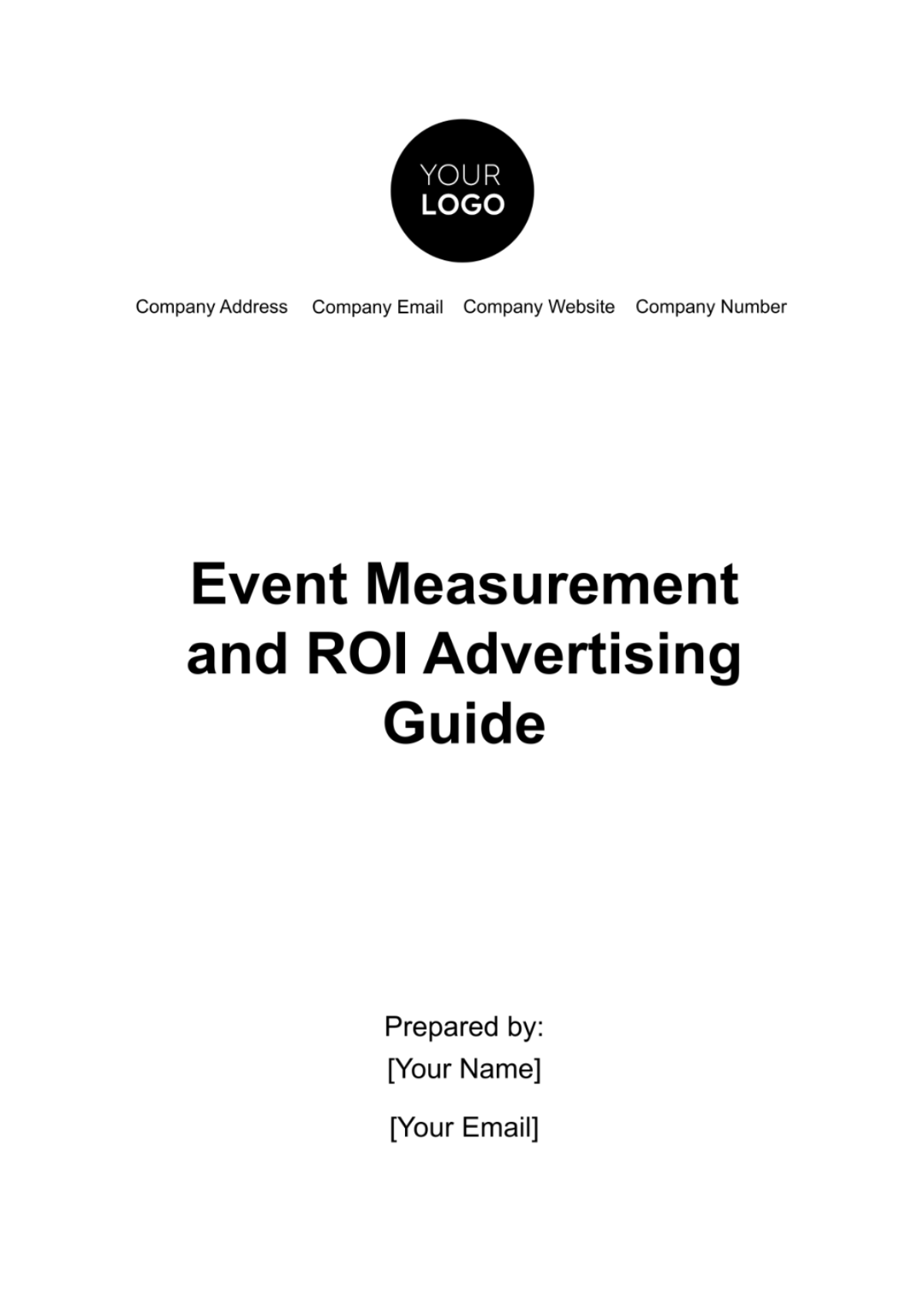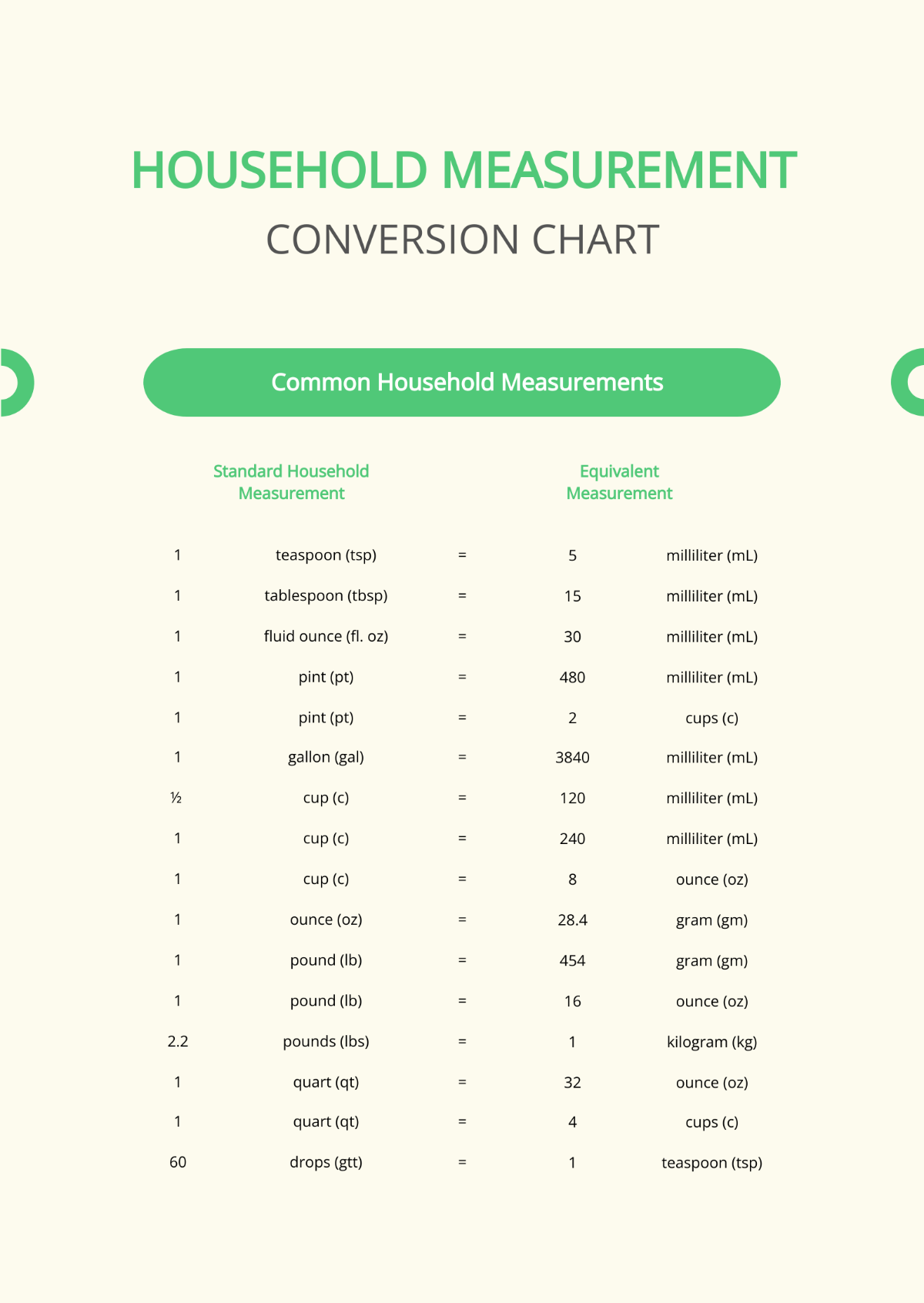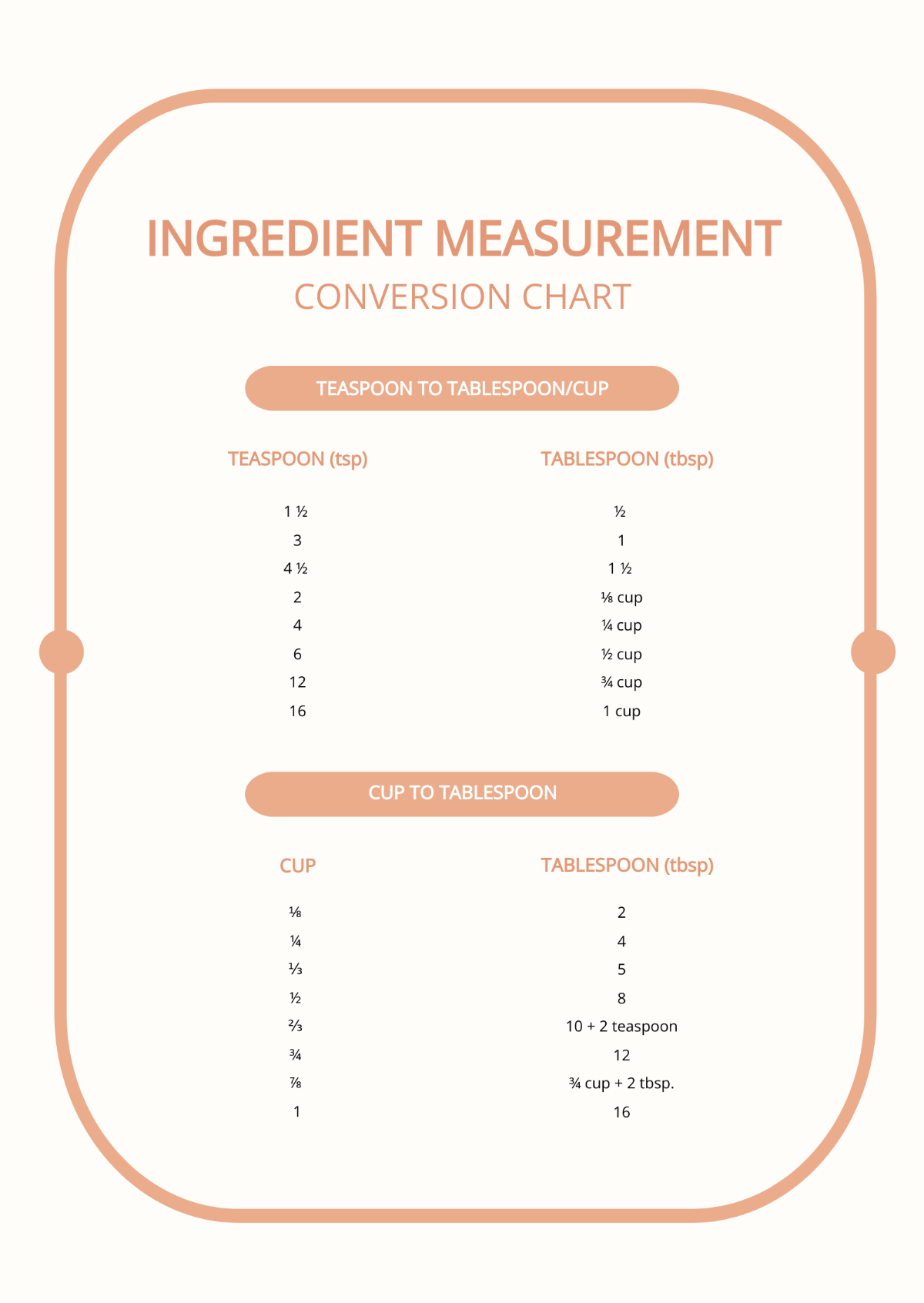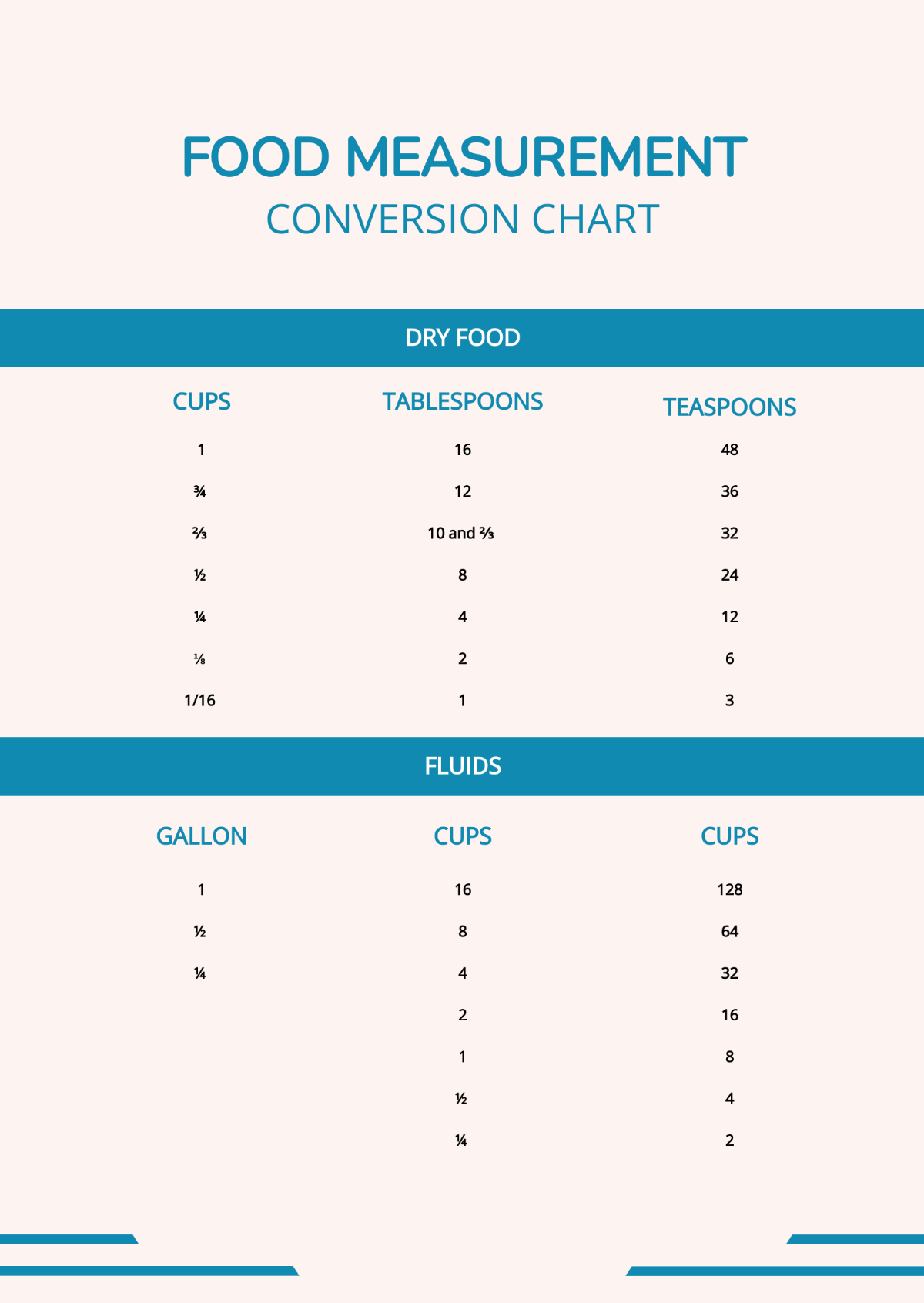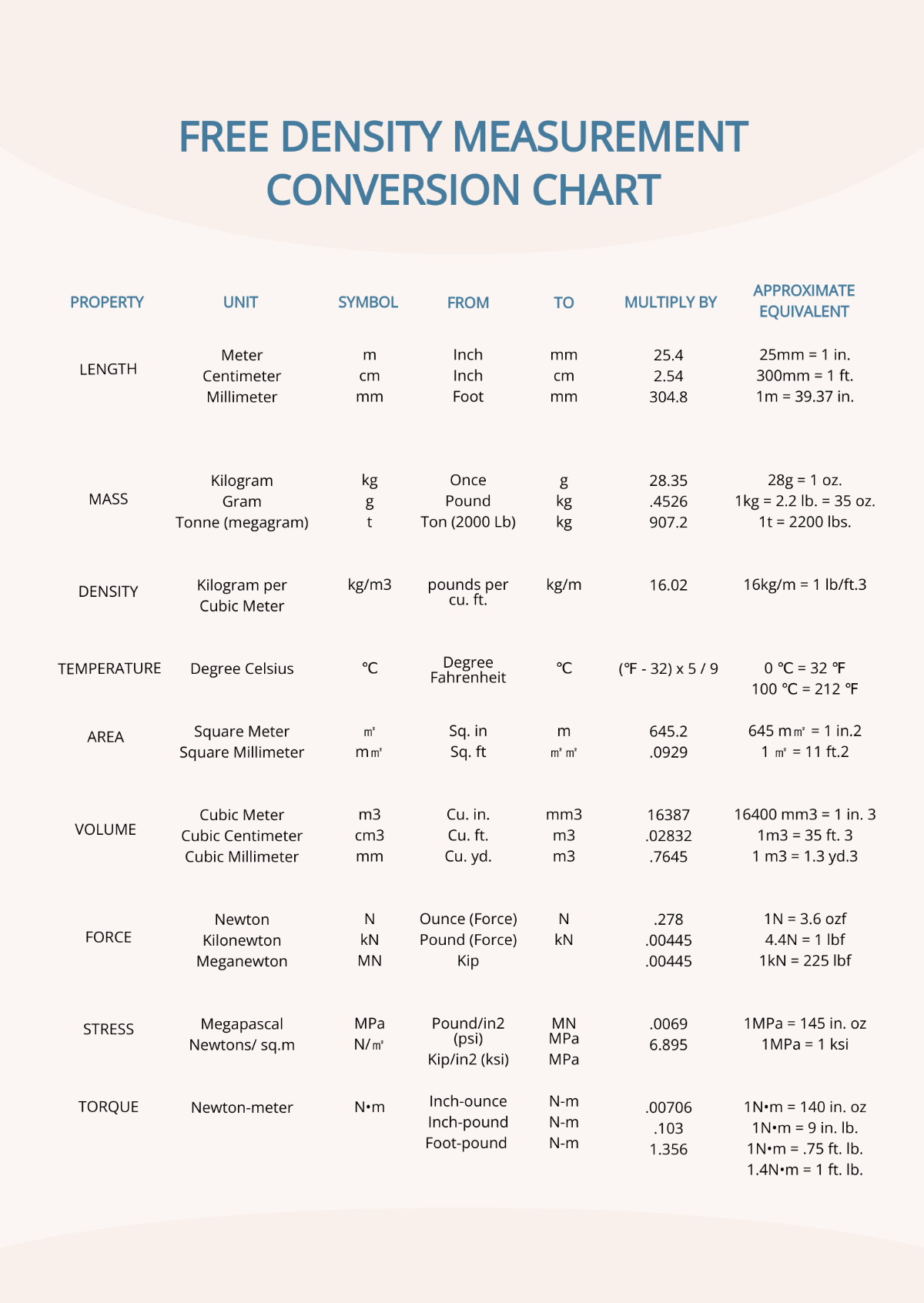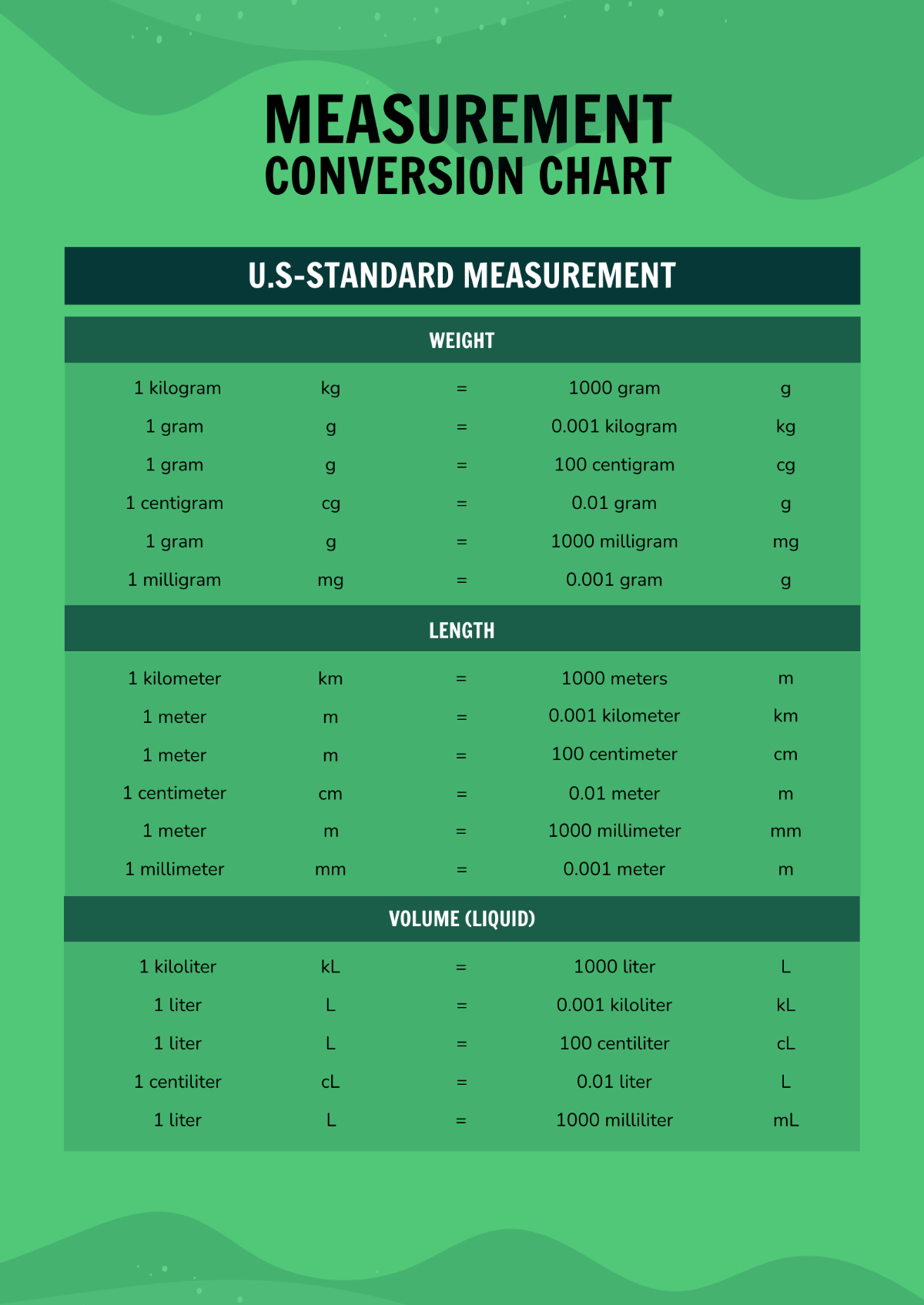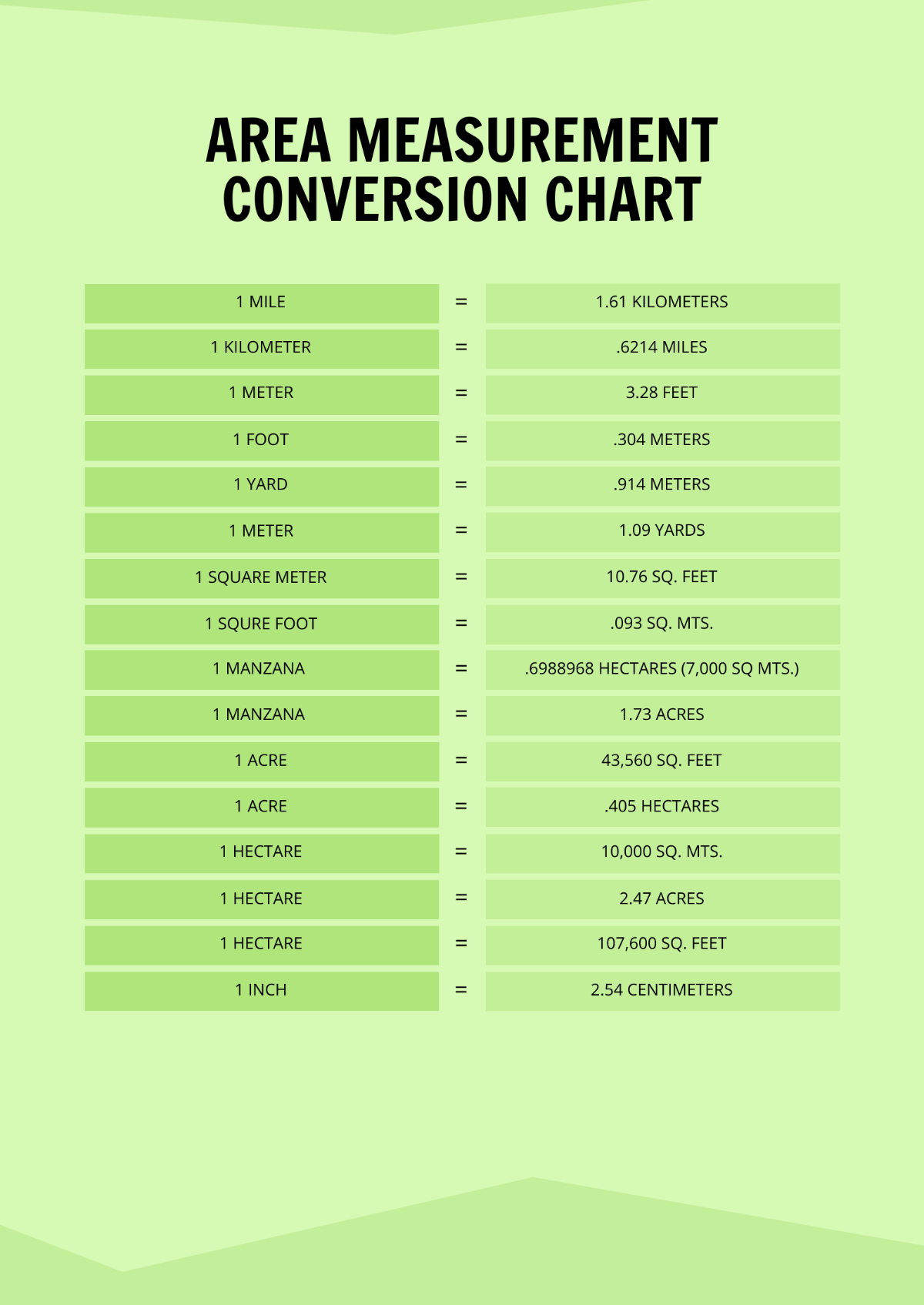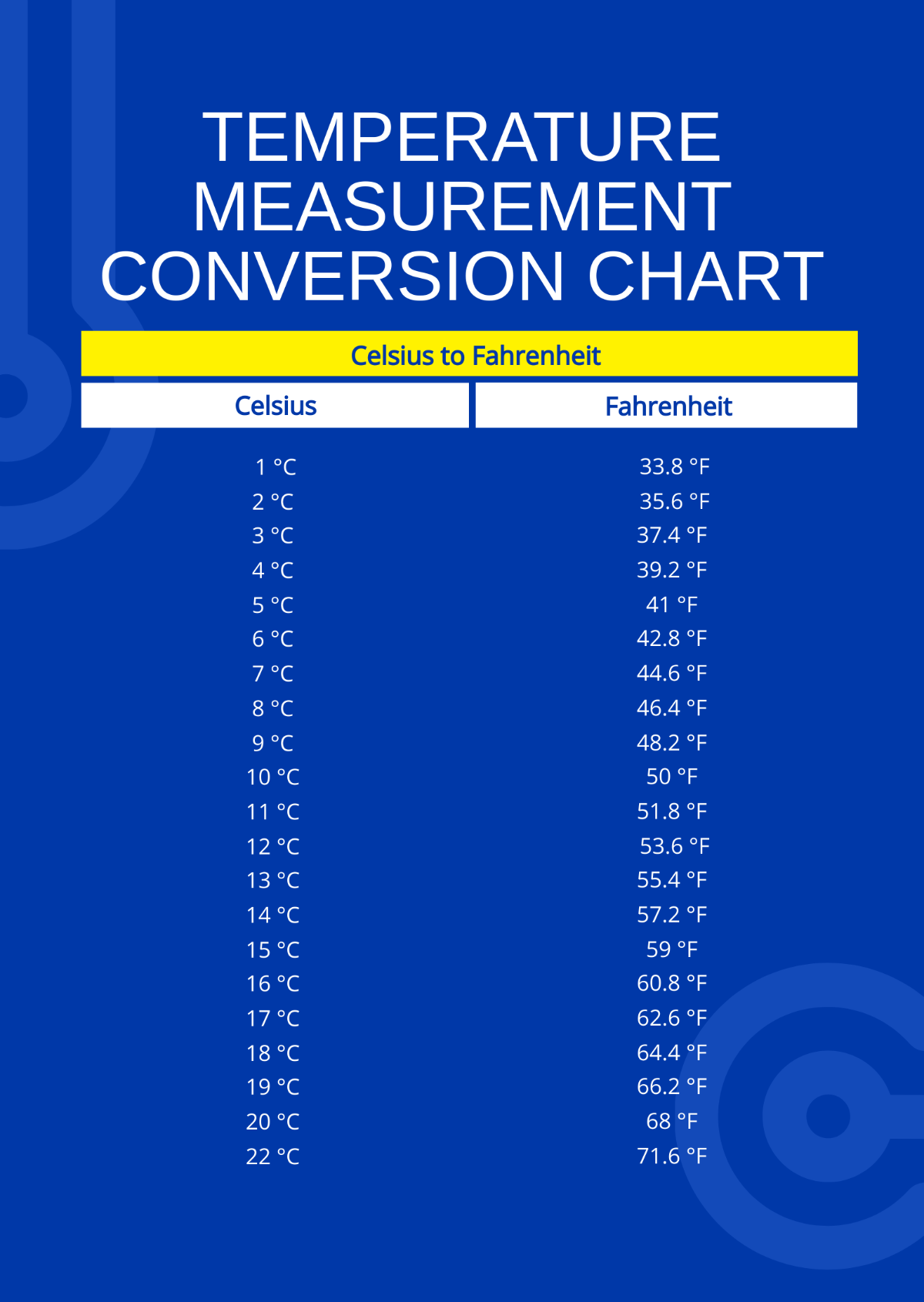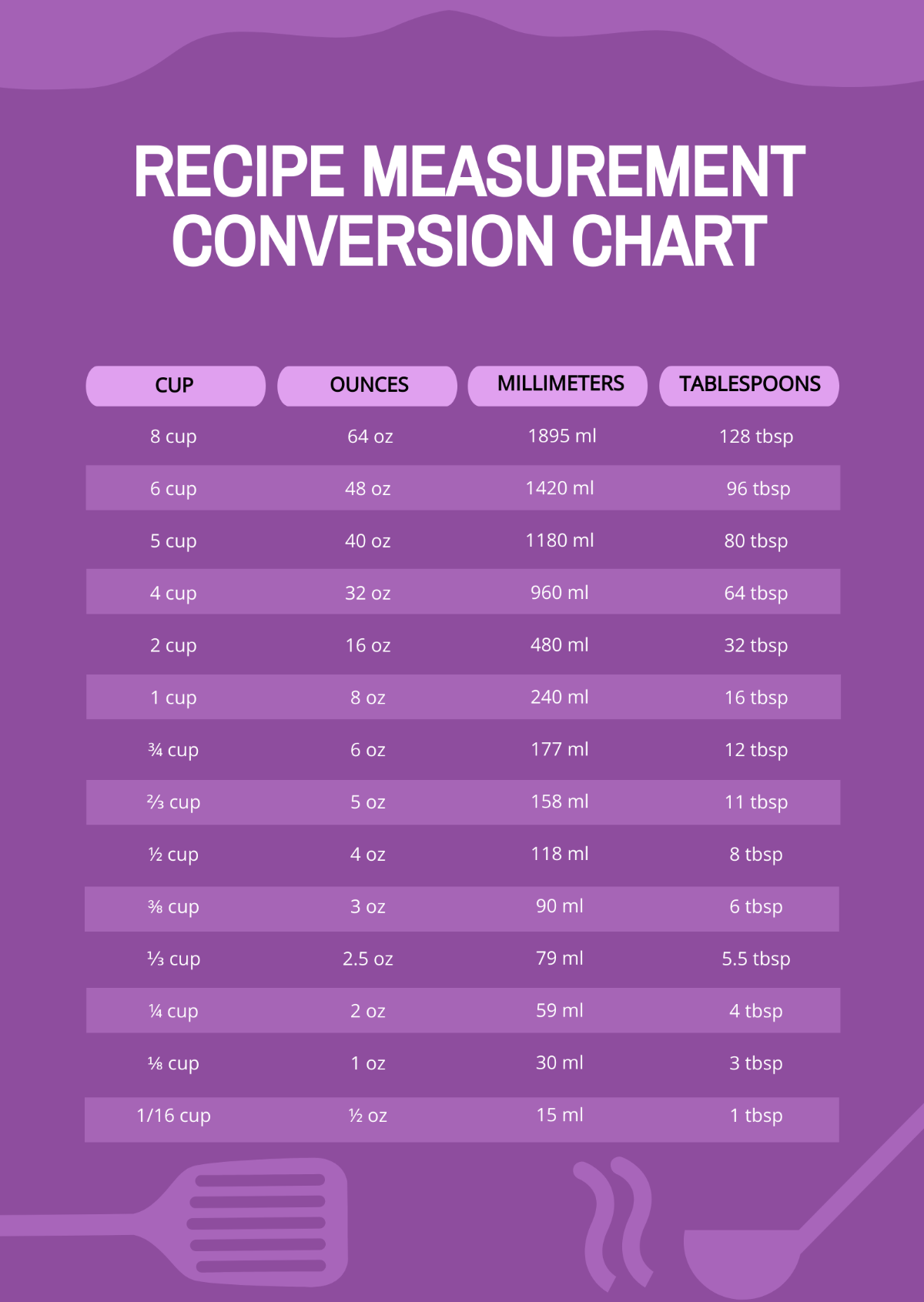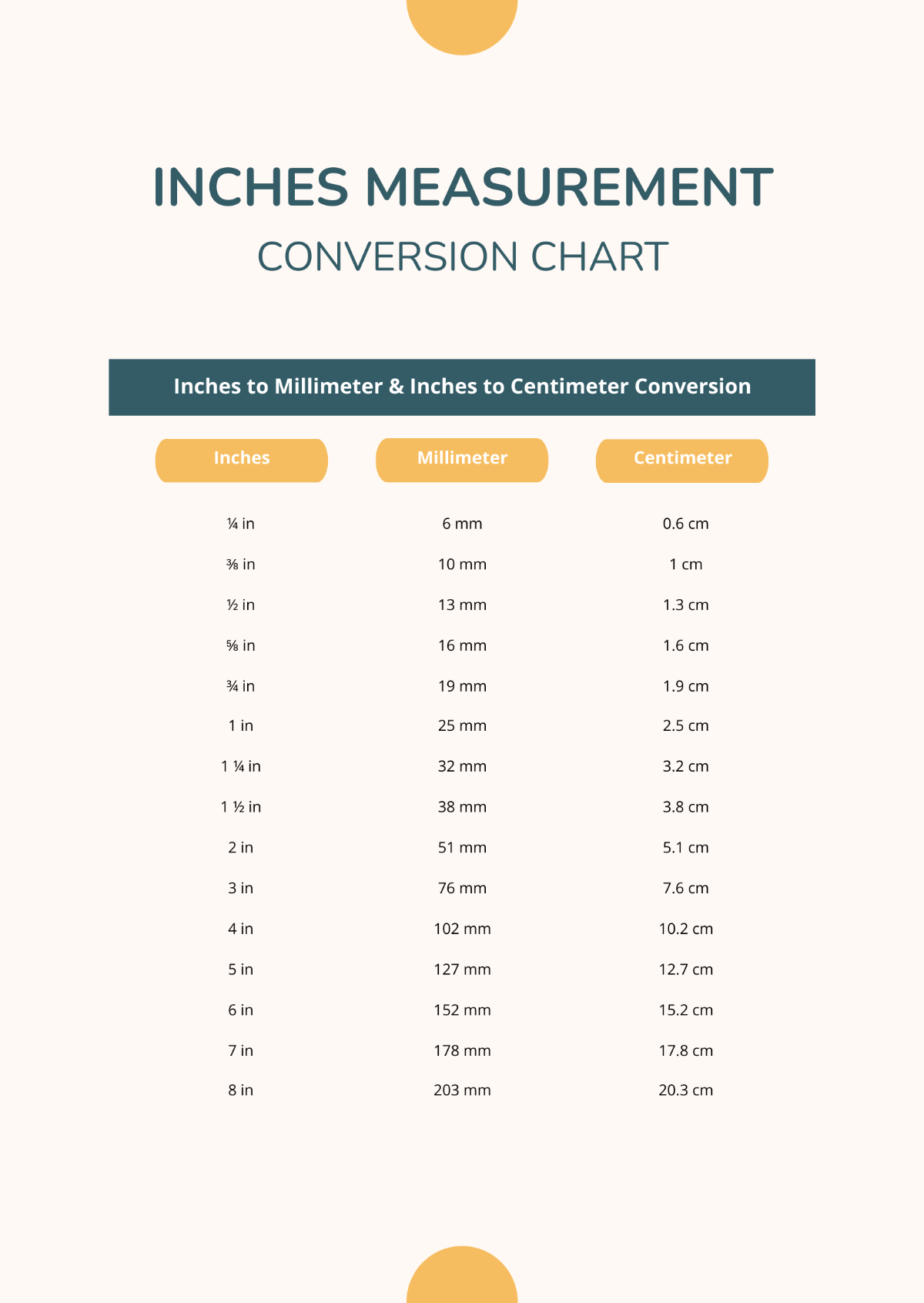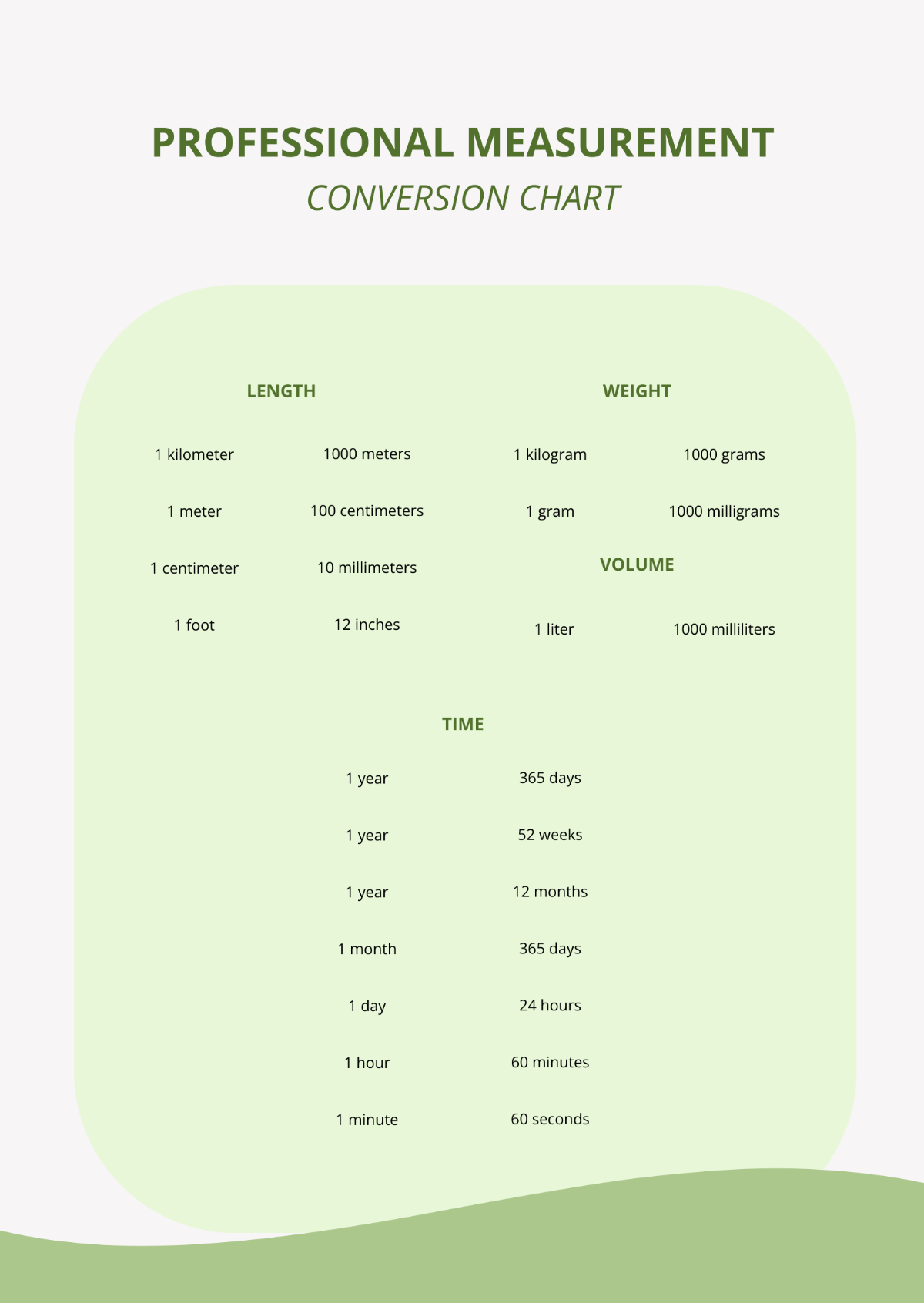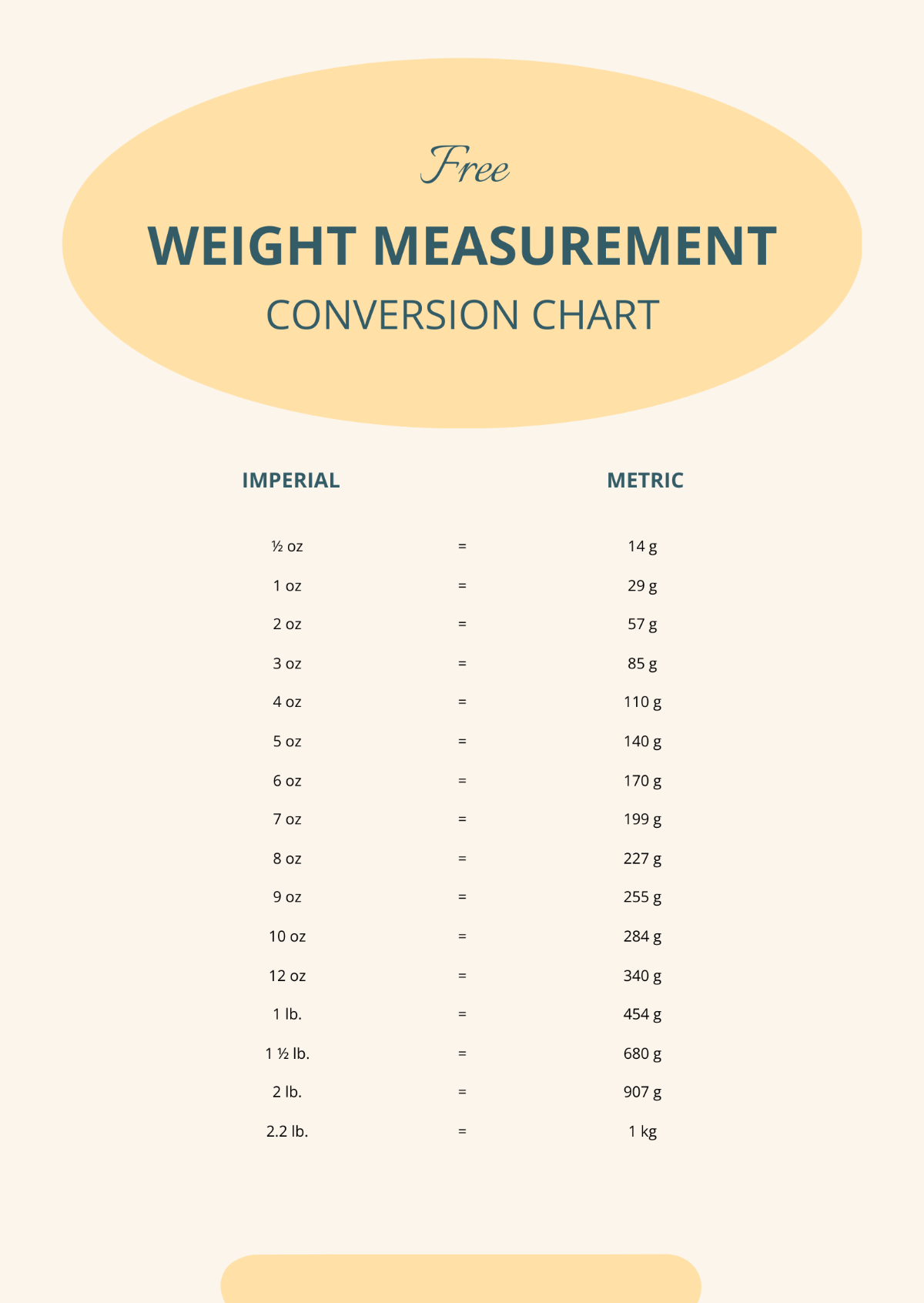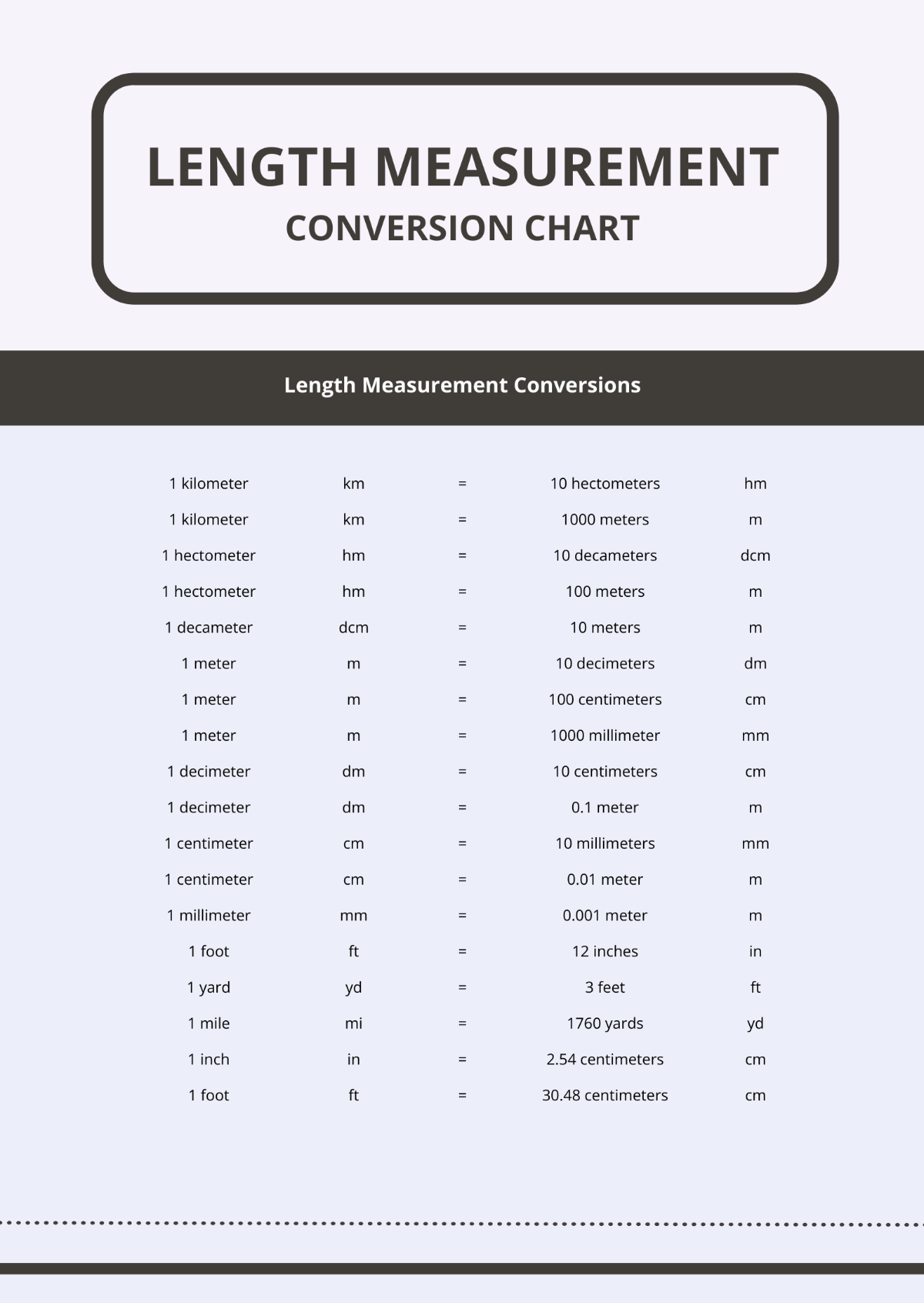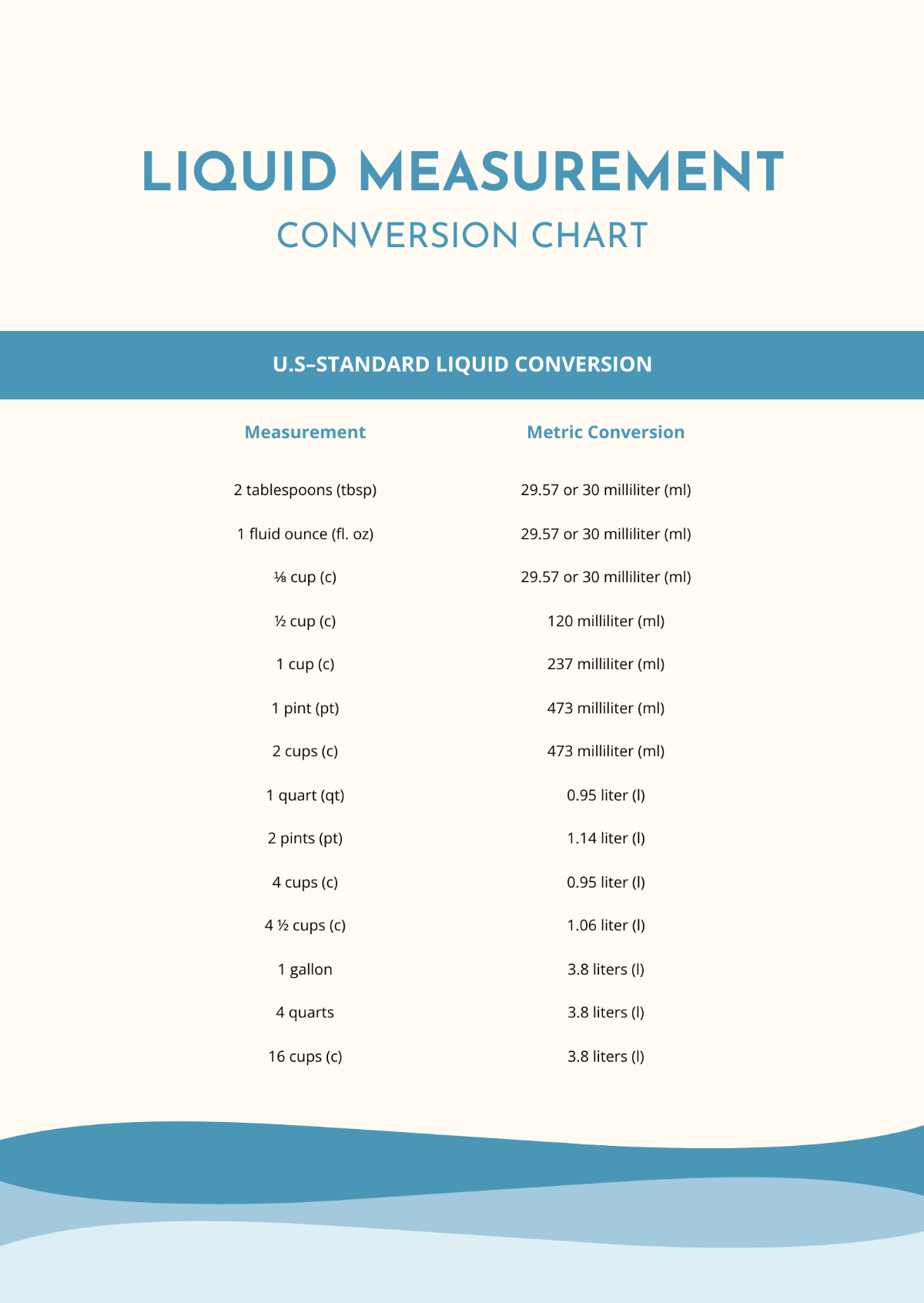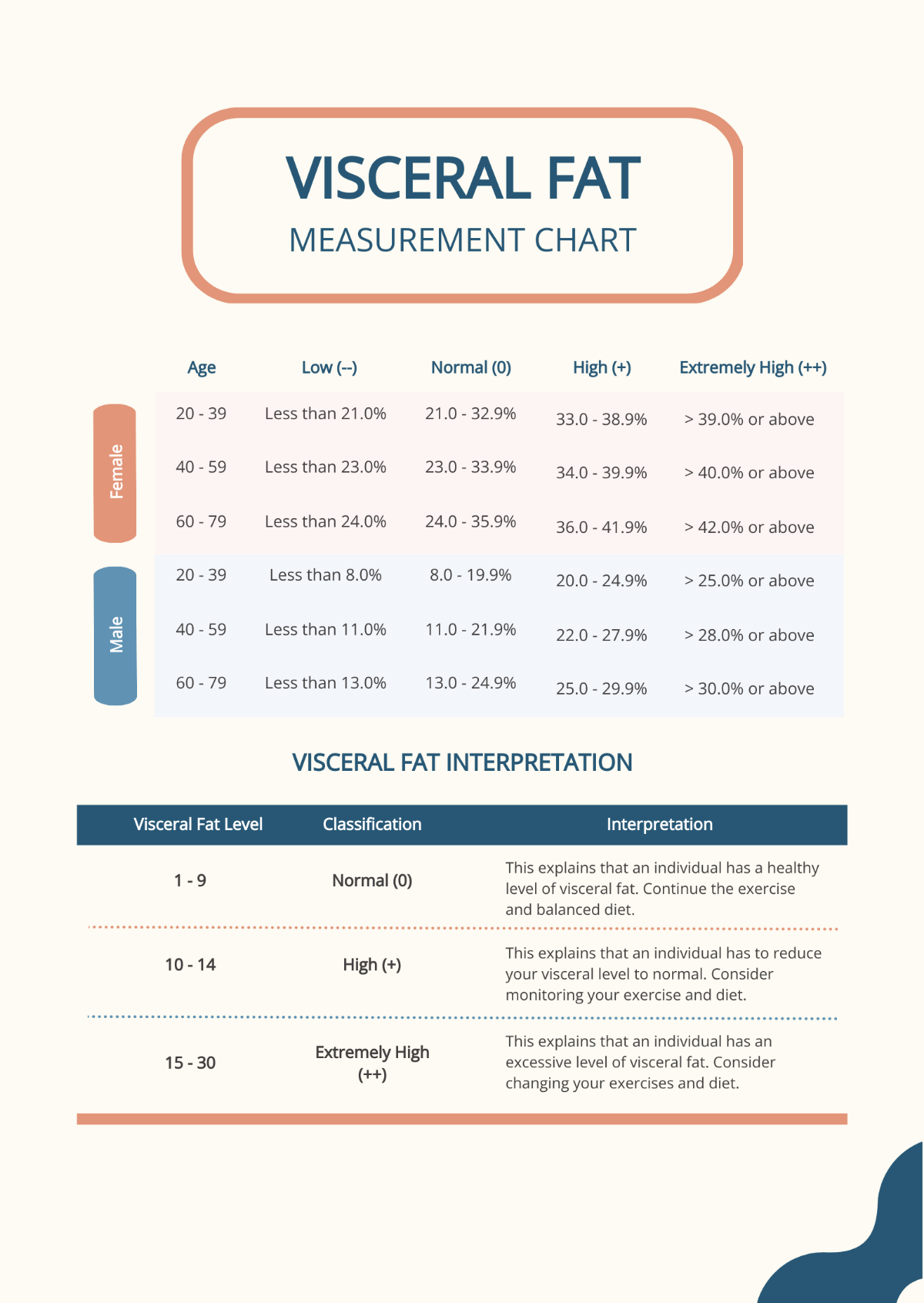Measurement Protocol
1. Introduction
This Measurement Protocol outlines the procedures and methodologies for measuring and analyzing the efficiency of solar panels installed in the Solar Energy Research Facility at [Your Company Name]. The protocol ensures consistency, accuracy, and reliability of data collected throughout the testing period, which spans from January 2050 to December 2050.
2. Objectives
The primary objectives of this measurement protocol are:
To establish a standardized approach to measuring the energy conversion efficiency of solar panels.
To ensure data accuracy and reliability across different testing conditions.
To facilitate the comparison of efficiency data across different solar panel models and environmental conditions.
3. Scope
This protocol applies to the measurement of solar panel efficiency within the context of the Solar Energy Research Project at [Your Company Name]. It covers all phases of the project, from data collection to analysis and reporting.
4. Measurement Parameters
The following parameters will be measured:
Parameter | Unit of Measurement | Measurement Frequency | Method/Tool Used |
|---|---|---|---|
Solar Irradiance | Watts per square meter | Daily | Pyranometer Model X1000 |
Panel Surface Temperature | Degrees Celsius | Daily | Infrared Thermometer IR-500 |
Electrical Output (Power) | Watts | Hourly | Digital Multimeter DM-750 |
Energy Conversion Efficiency | Percentage | Daily | Efficiency Calculation Model |
5. Measurement Tools and Equipment
The following tools and equipment will be used for measurement:
Pyranometer Model X1000: Used to measure the solar irradiance on the panel surface.
Infrared Thermometer IR-500: Used to measure the surface temperature of the solar panels.
Digital Multimeter DM-750: Used to measure the electrical output (voltage and current) of the solar panels.
Efficiency Calculation Model: Software used to calculate the energy conversion efficiency based on collected data.
6. Measurement Procedures
Step 1: Preparation
Ensure that all measurement tools are calibrated and functioning correctly.
Record initial conditions, including date, time, weather conditions, and any obstructions (e.g., shading).
Step 2: Data Collection
Measure solar irradiance using the Pyranometer Model X1000.
Measure the surface temperature of the solar panels using the Infrared Thermometer IR-500.
Measure electrical output (voltage and current) using the Digital Multimeter DM-750.
Record all data in the designated electronic data sheet.
Step 3: Data Verification
Verify the accuracy of the data collected by comparing it against reference measurements taken under controlled laboratory conditions.
Repeat measurements if discrepancies are found, especially in extreme weather conditions.
Step 4: Data Storage
Store the data in the secure GreenTech Innovations cloud-based data management system, ensuring easy retrieval for analysis.
7. Data Analysis
Data collected will be analyzed using the SolarEfficiencyPro software. The analysis will focus on identifying trends in energy conversion efficiency, the impact of environmental conditions, and any significant deviations from expected efficiency outcomes.
8. Reporting
A final report summarizing the measurement process, data analysis, and conclusions will be prepared and submitted to the Solar Research Department's Director, Dr. Jonathan Smith, by December 31, 2050. The report will include:
Introduction and objectives.
Methodology.
Data analysis and findings.
Conclusions and recommendations for further research.
9. Quality Control and Assurance
To ensure the integrity of the measurement process:
Regular calibration of measurement tools will be conducted every month.
Random audits of data collection will be performed bi-monthly by the Quality Assurance Team.
Any deviations from the protocol will be documented in the project logbook and addressed in a timely manner.
10. References
International Standards for Solar Panel Testing, 2049 Edition.
GreenTech Innovations' Solar Panel Efficiency Guidelines, Version 3.0.
"Solar Energy Systems: A Comprehensive Guide," by Dr. Michael Lee, 2047.
Prepared by:
[Your Name]
Head of Research, Renewable Energy Department
[Your Company Name]
[Your Email]
Approved by:
Dr. Jonathan Smith
Director, Solar Research Department
[Your Company Name]
January 20, 2050
